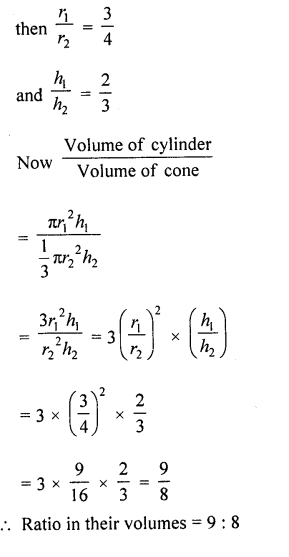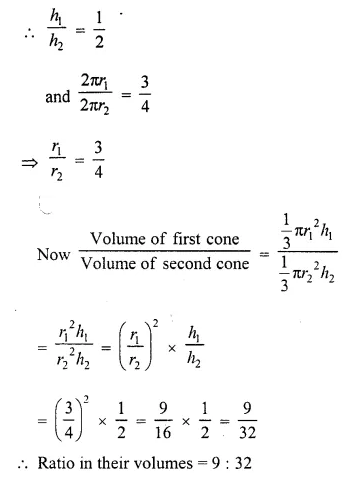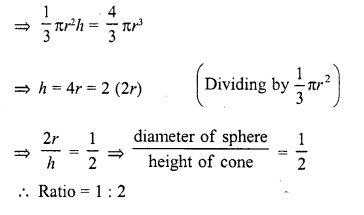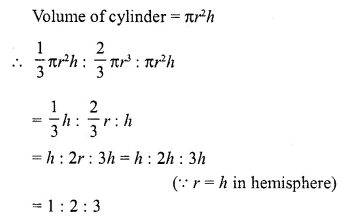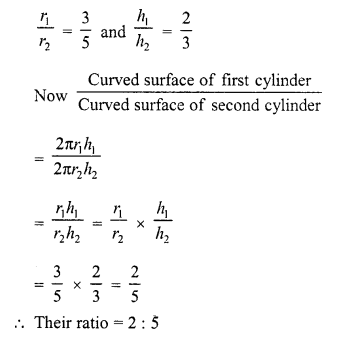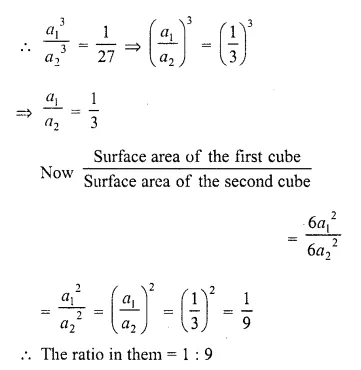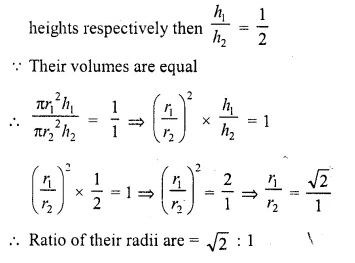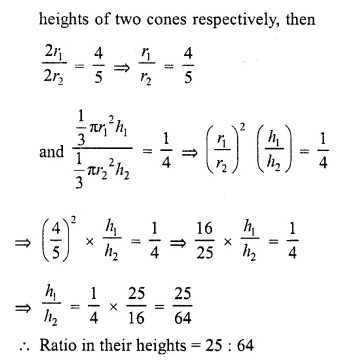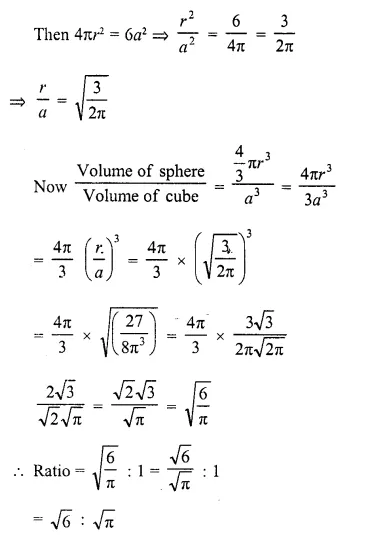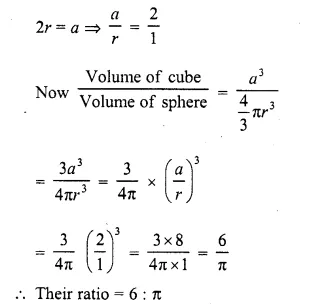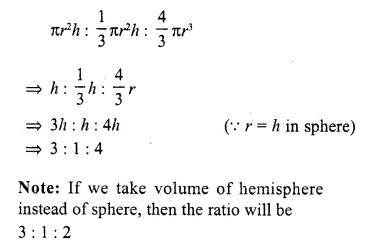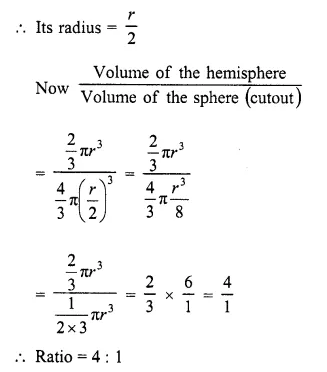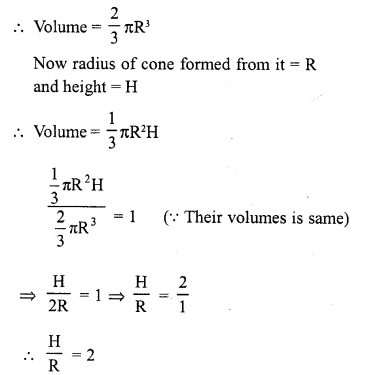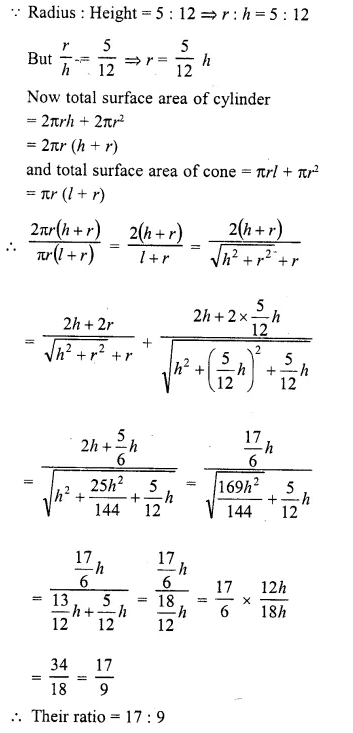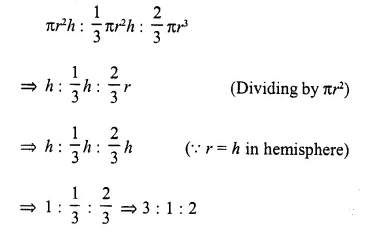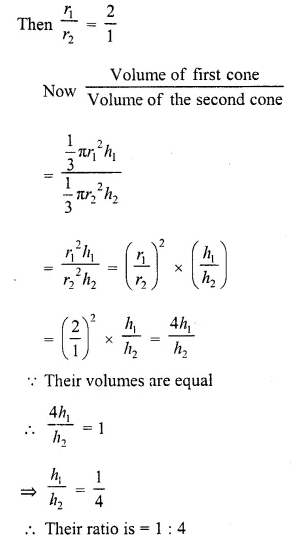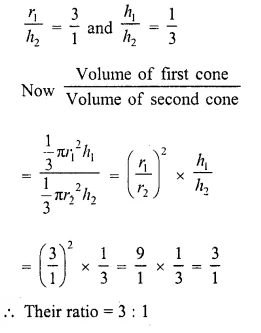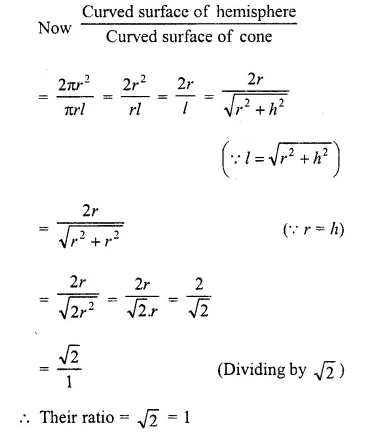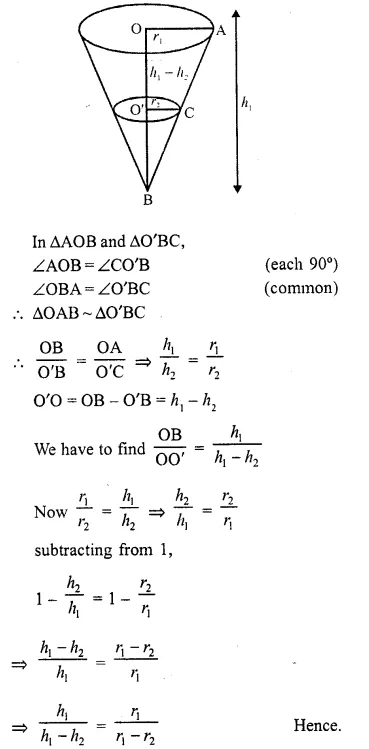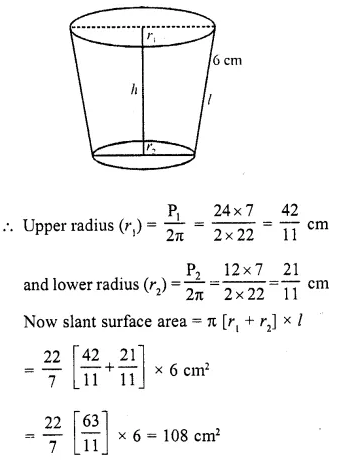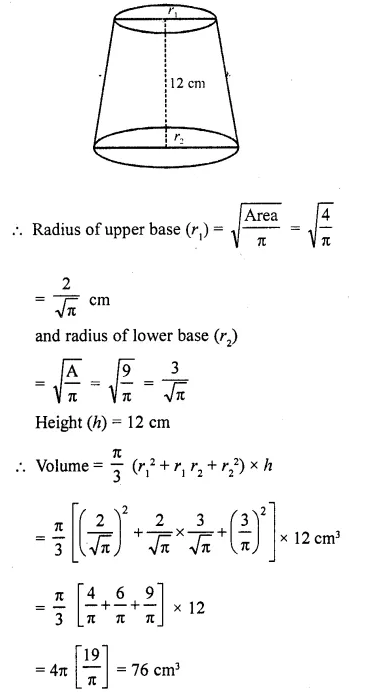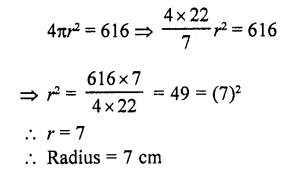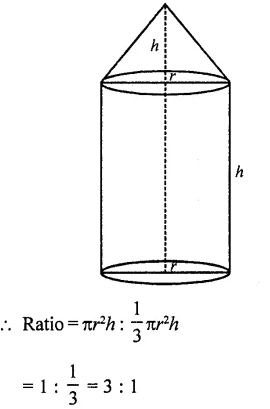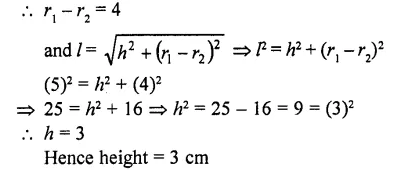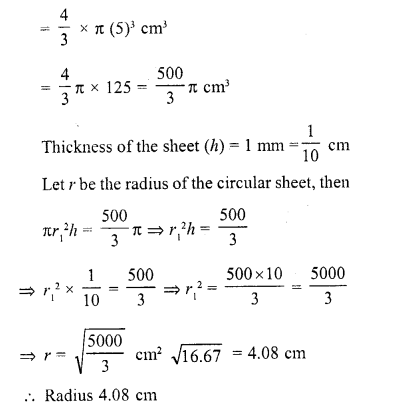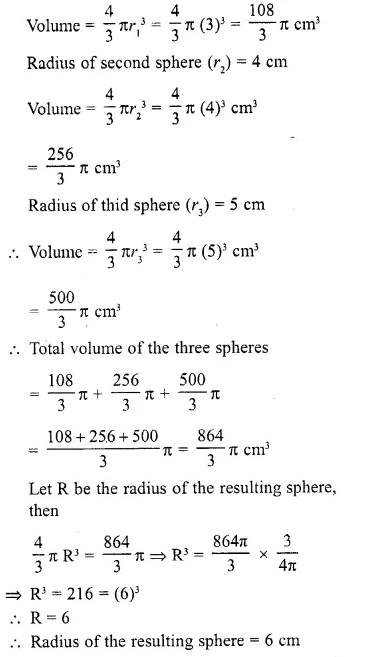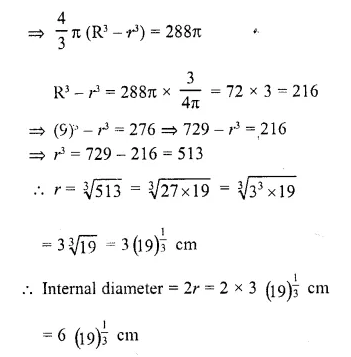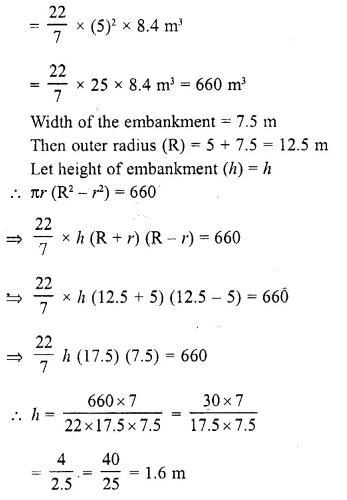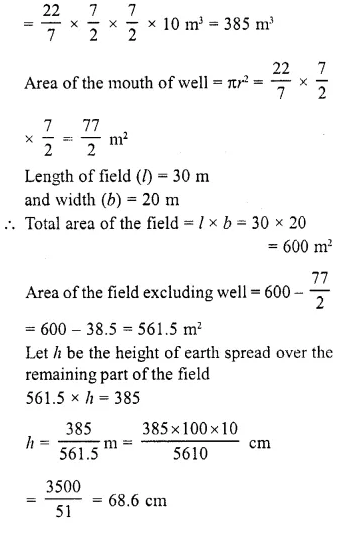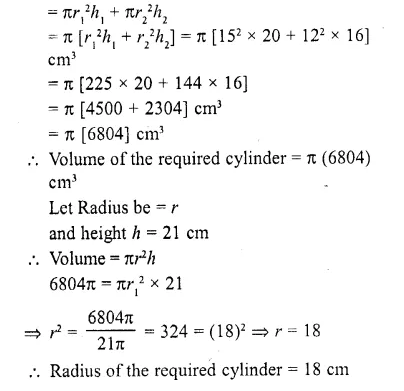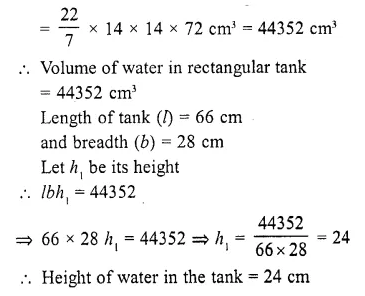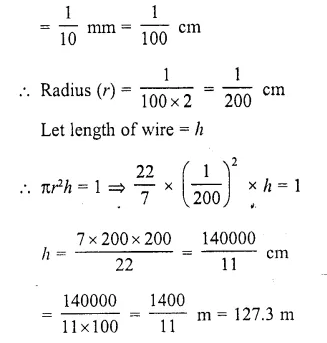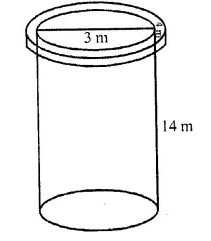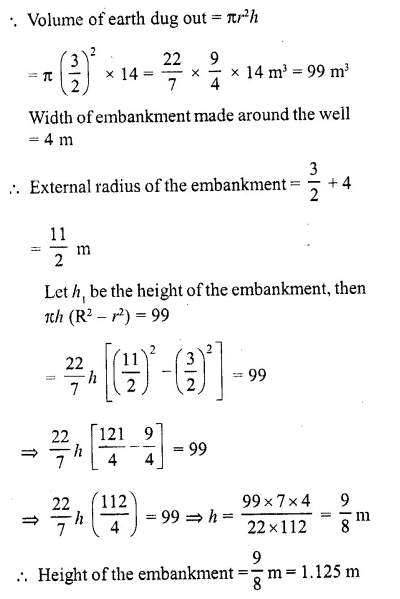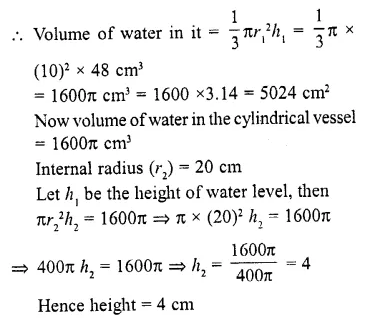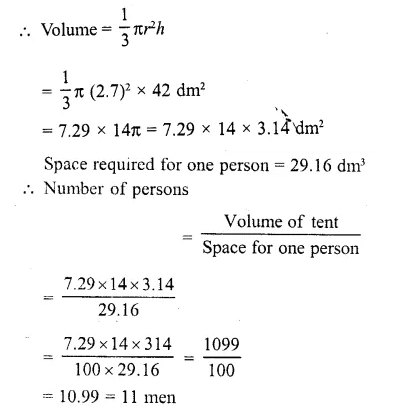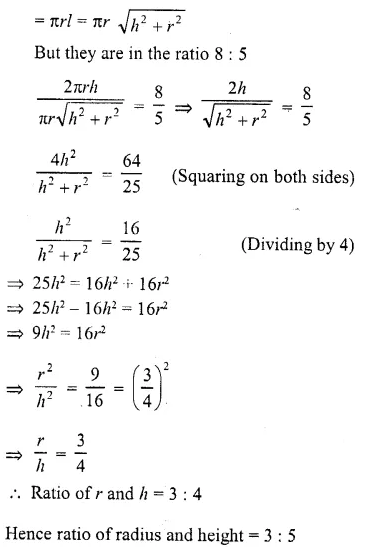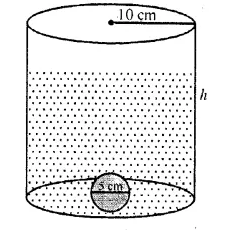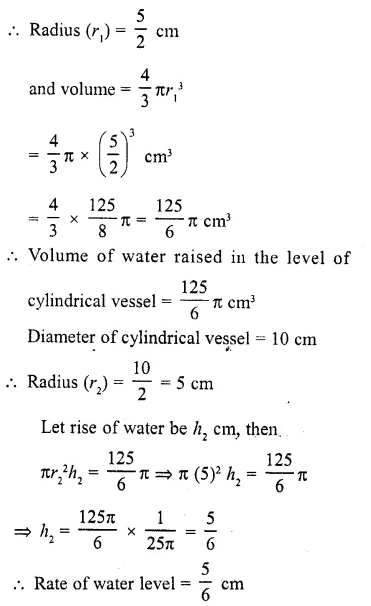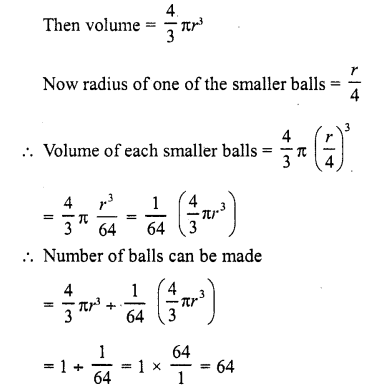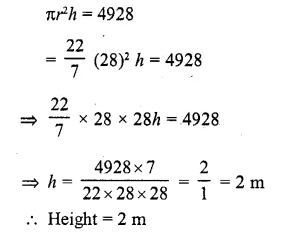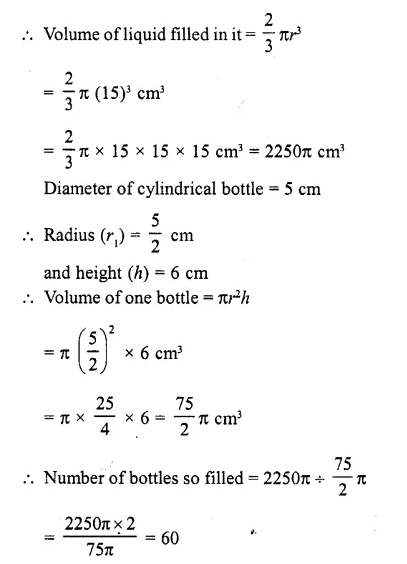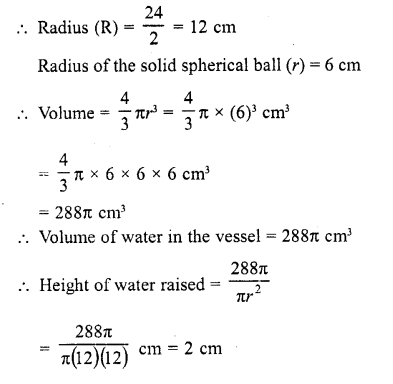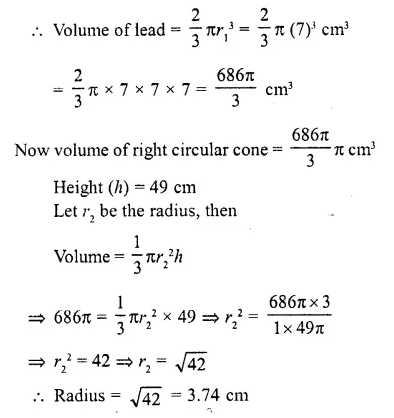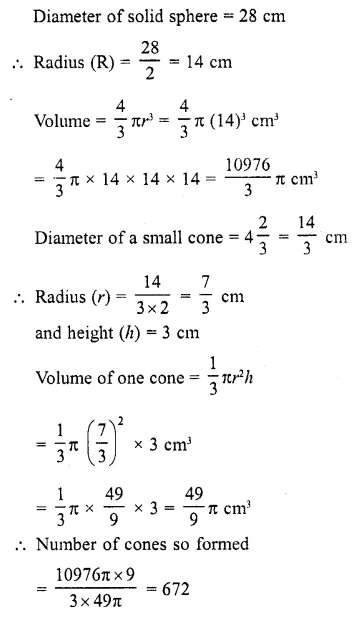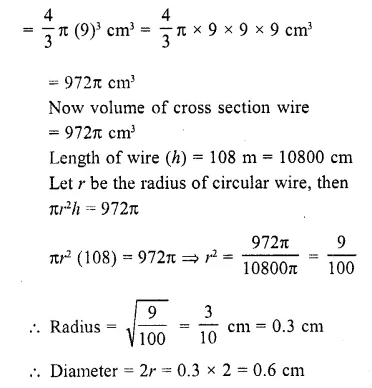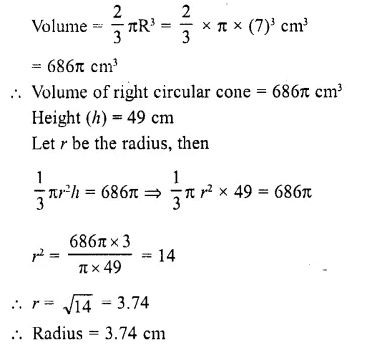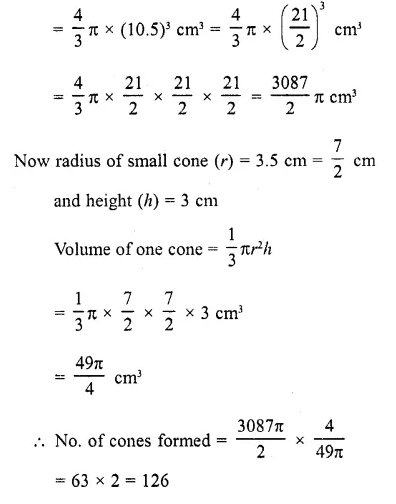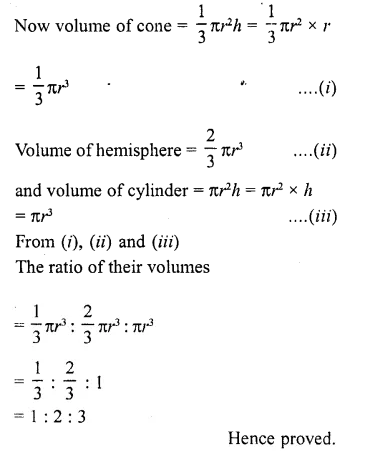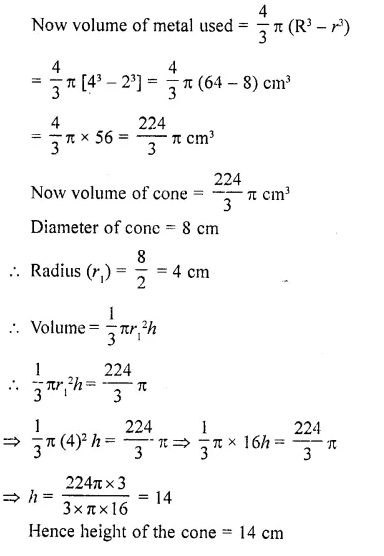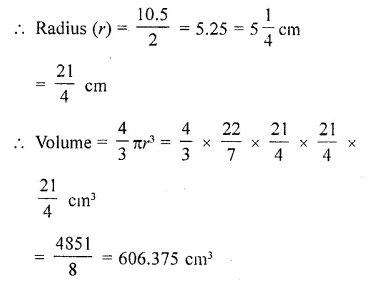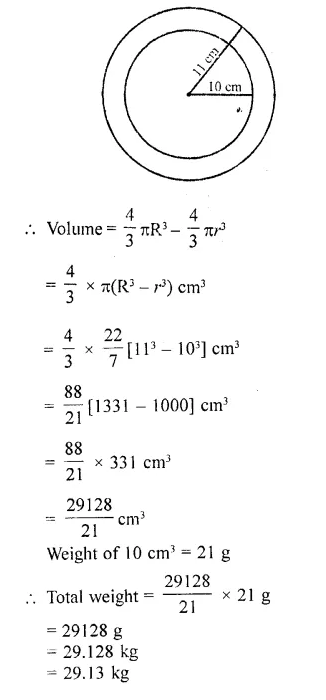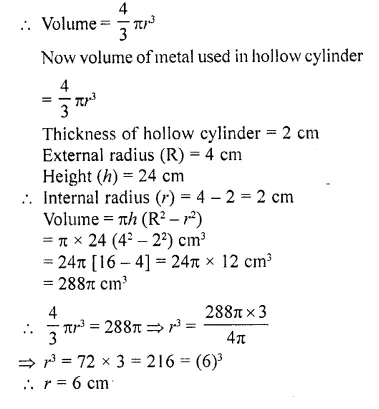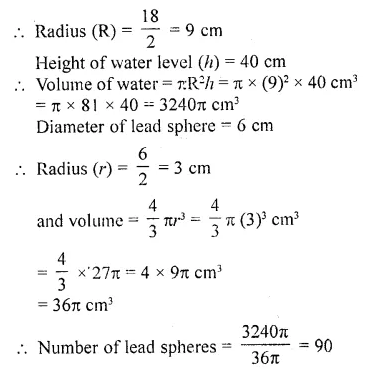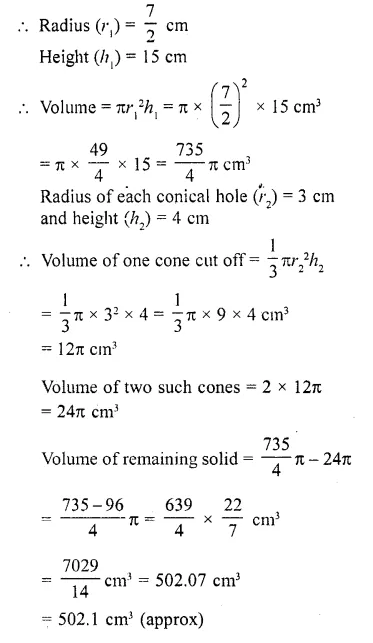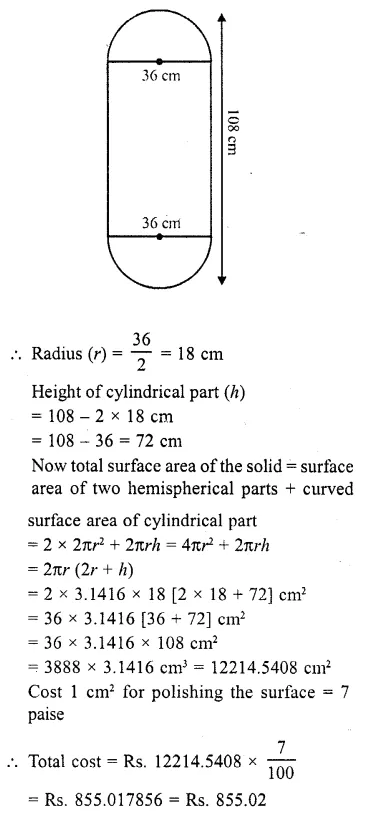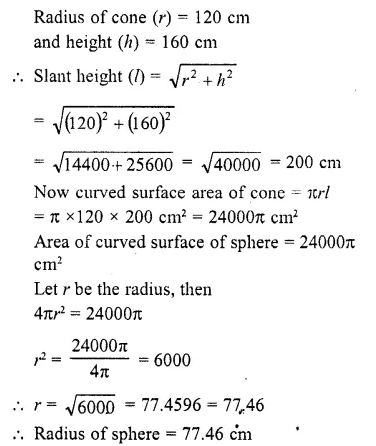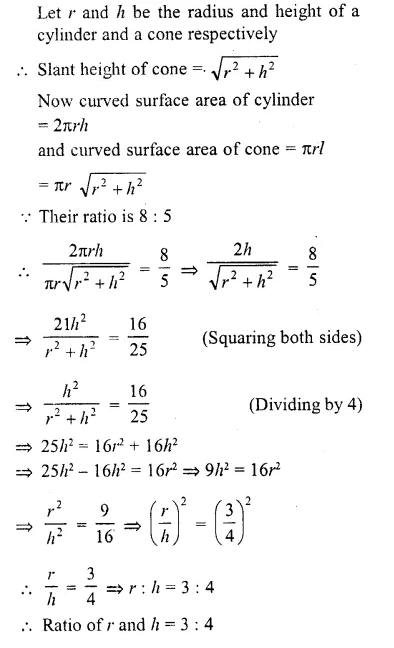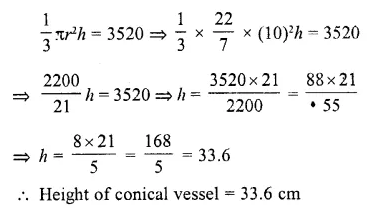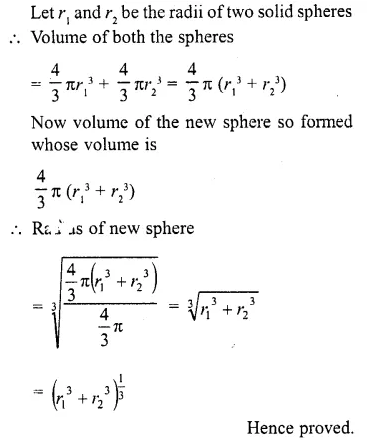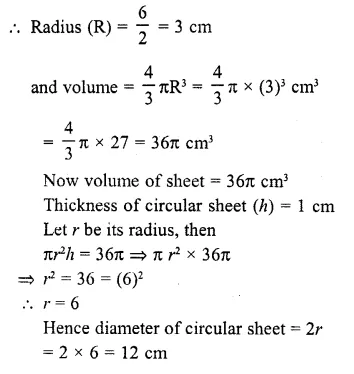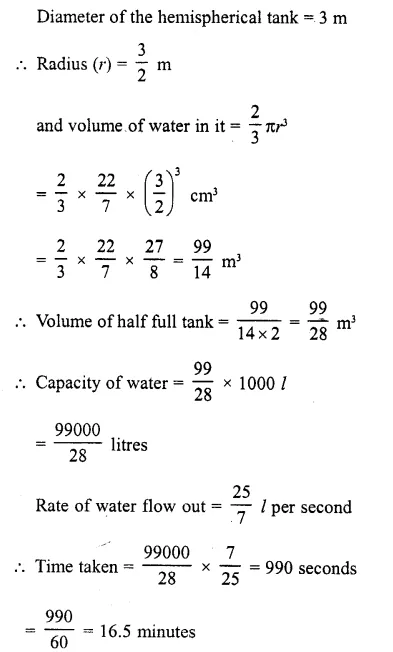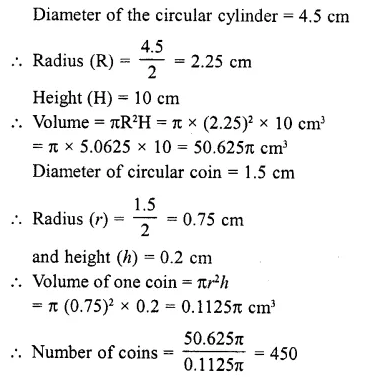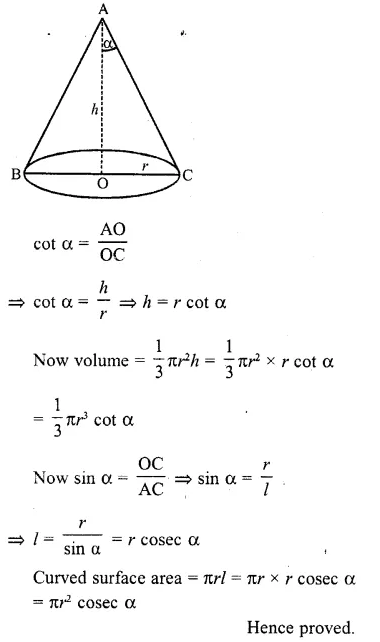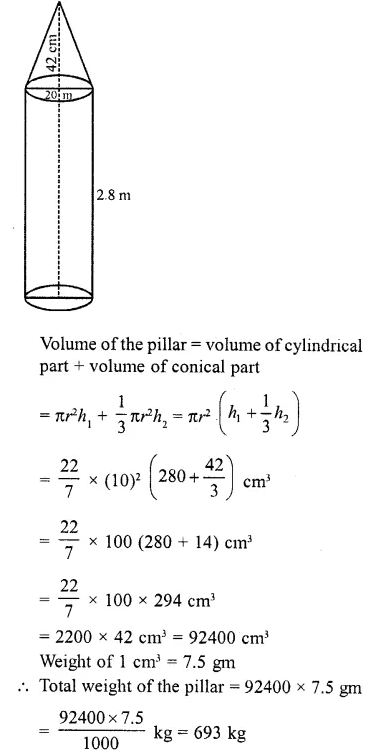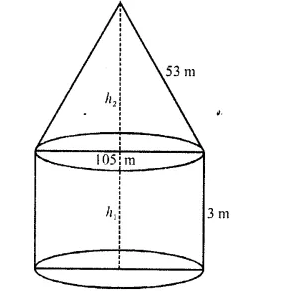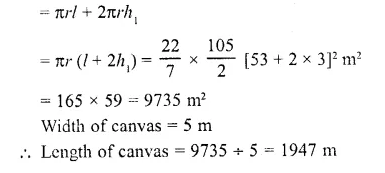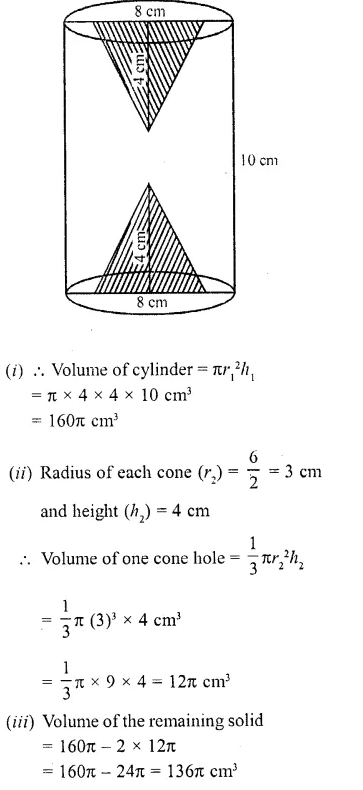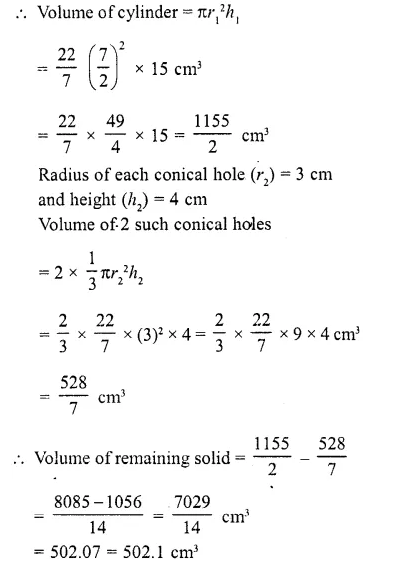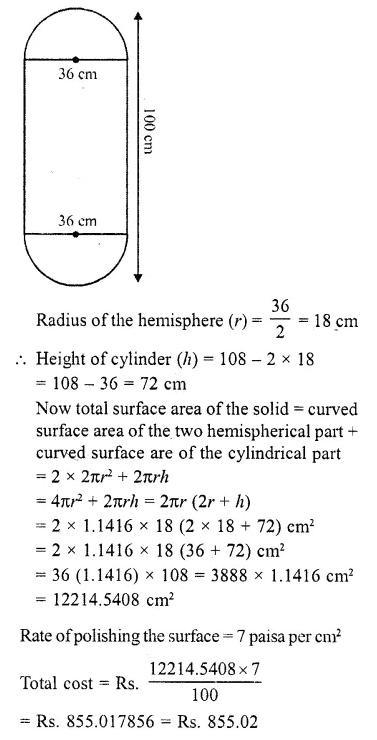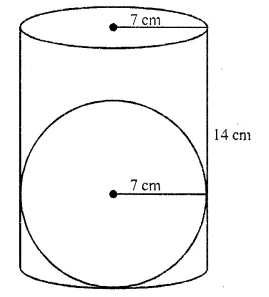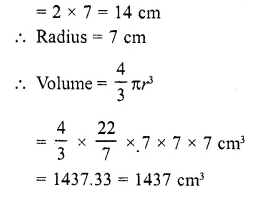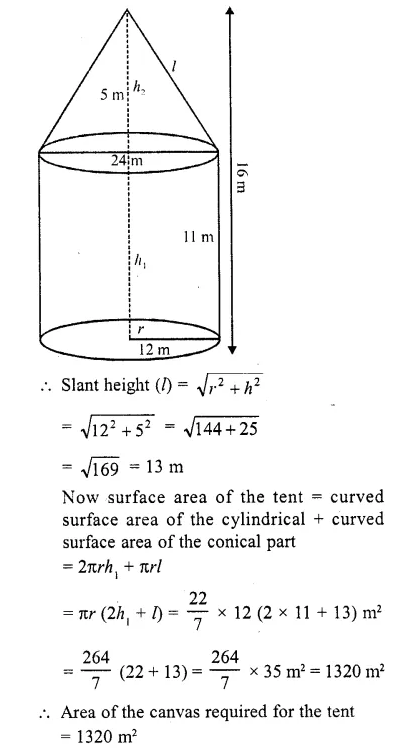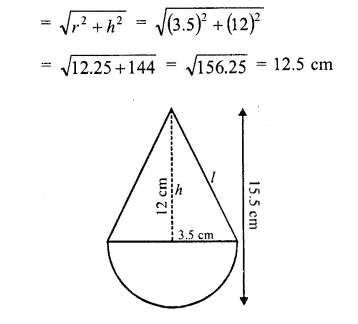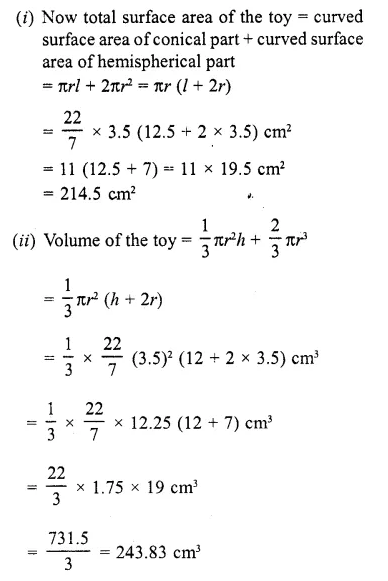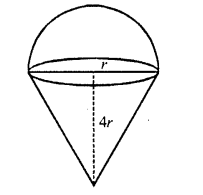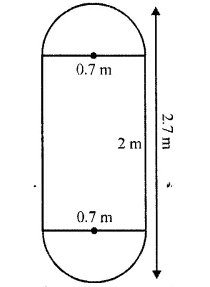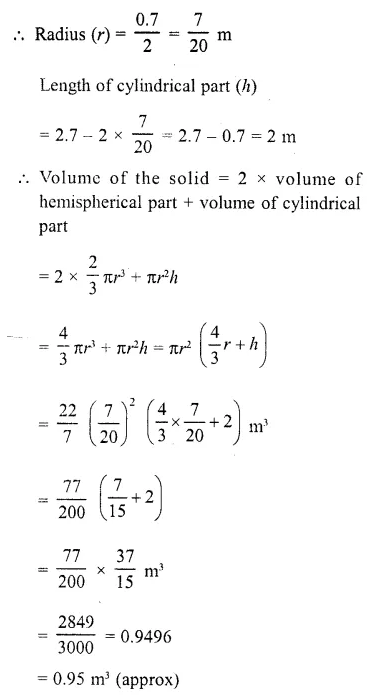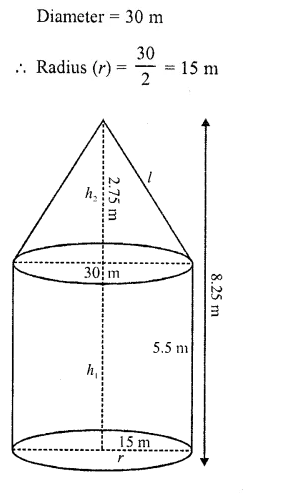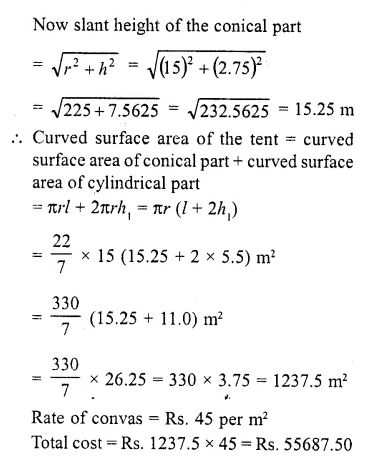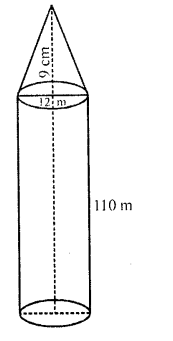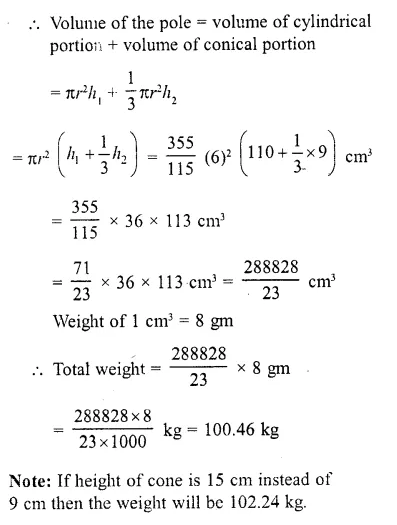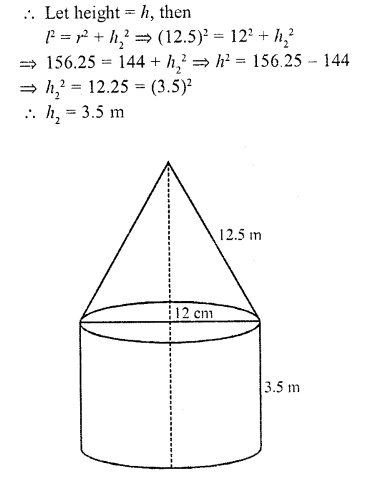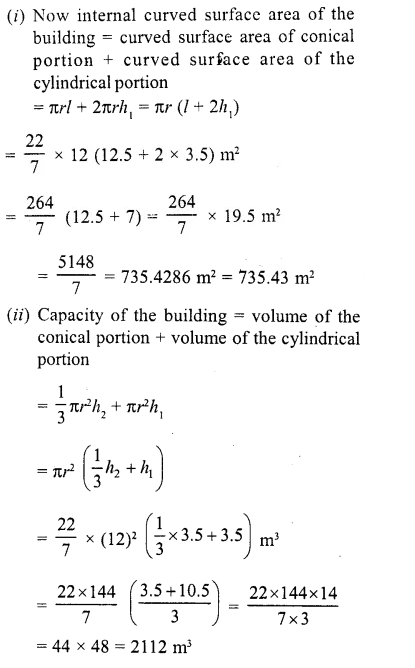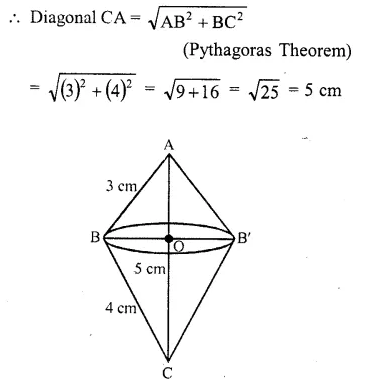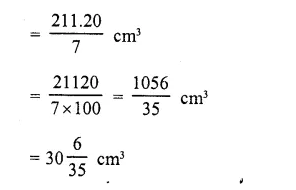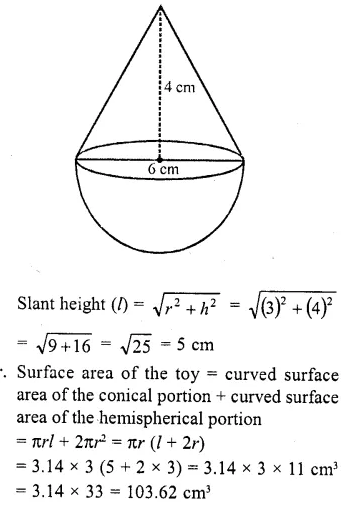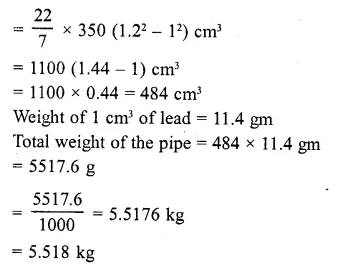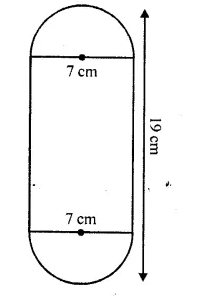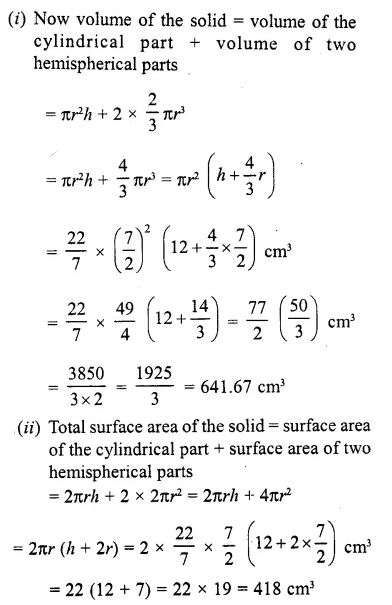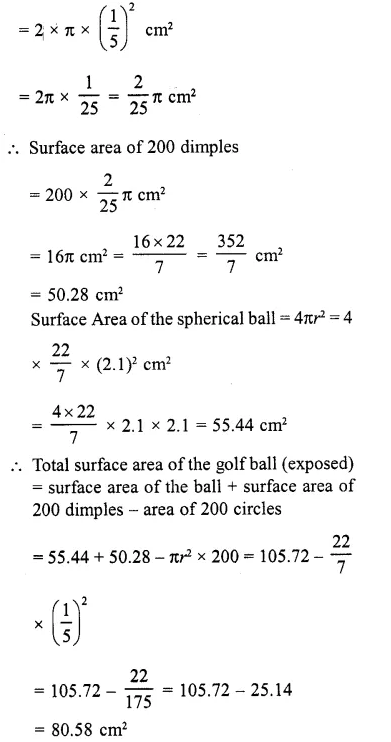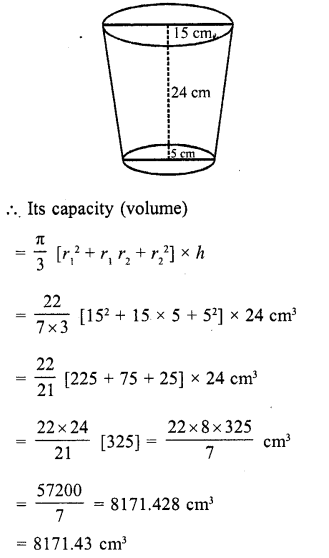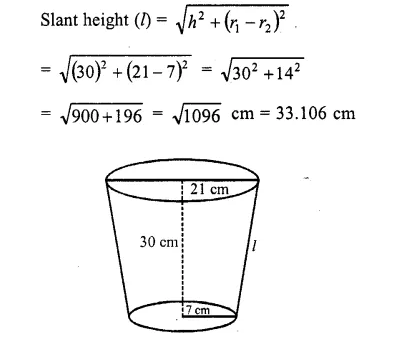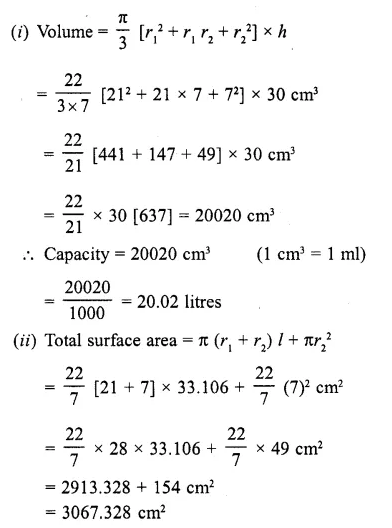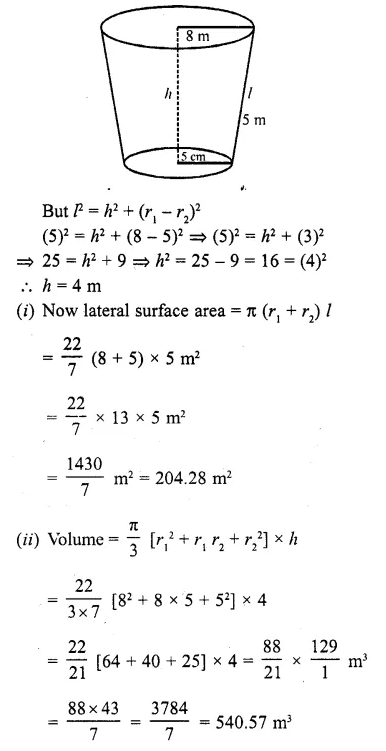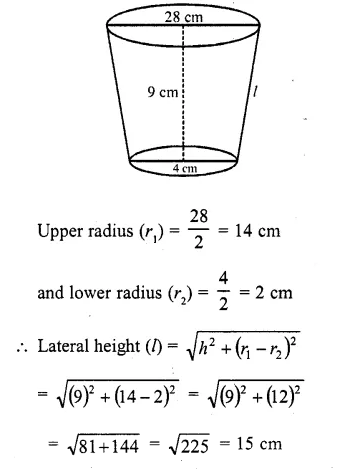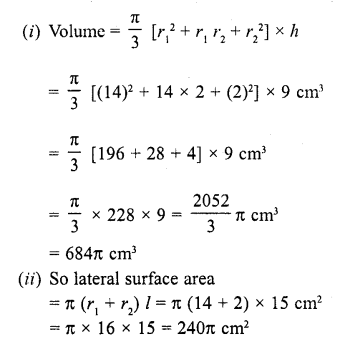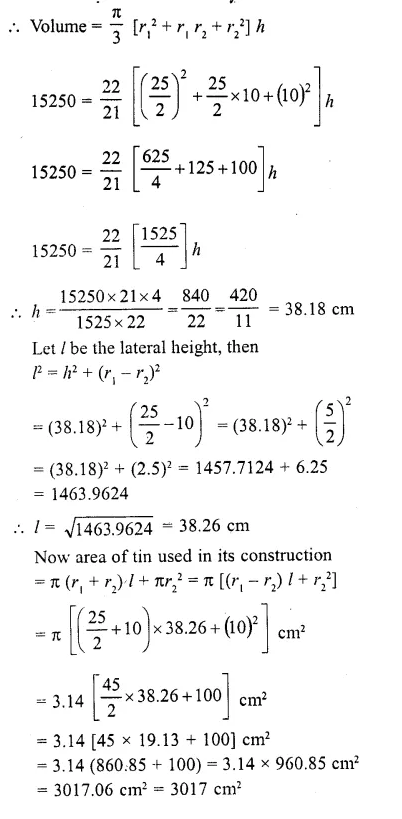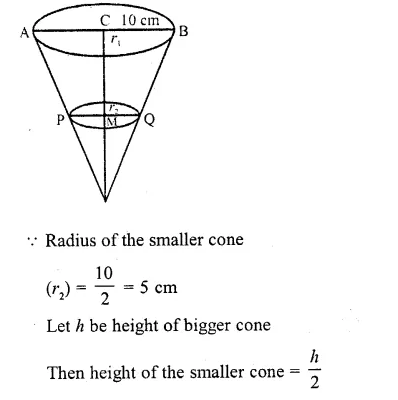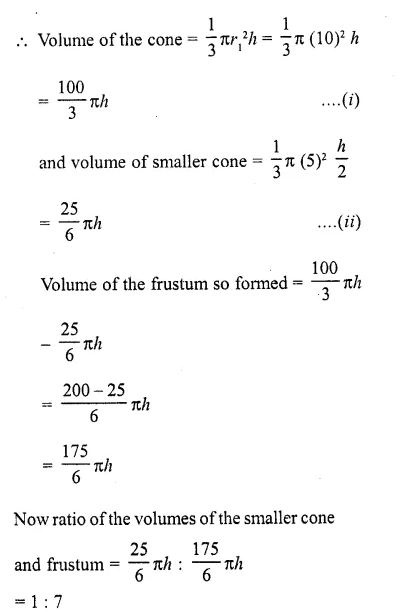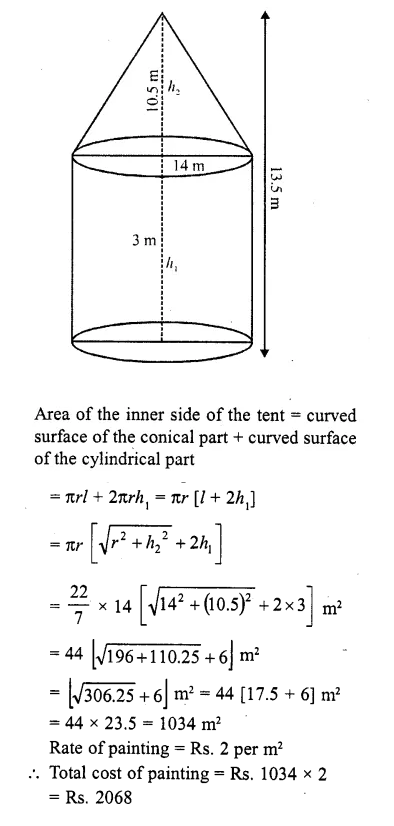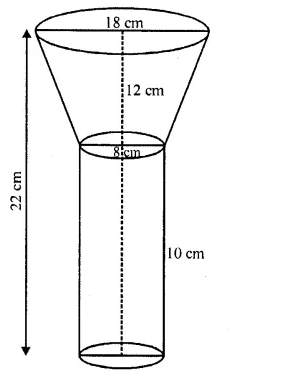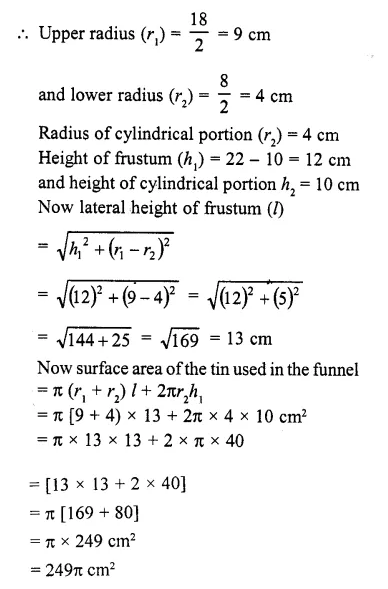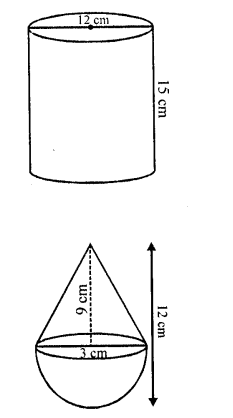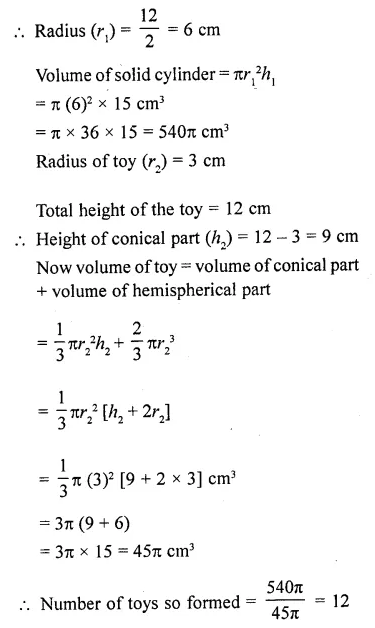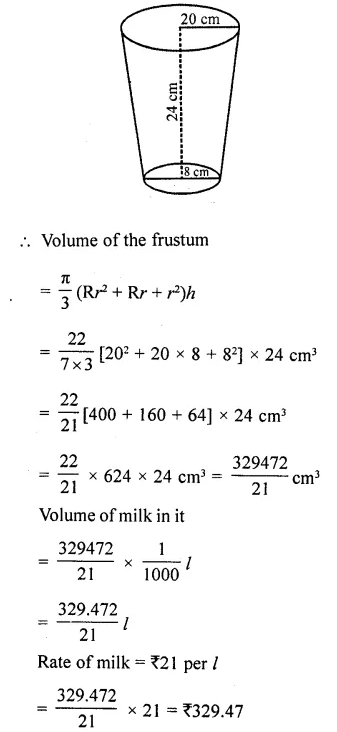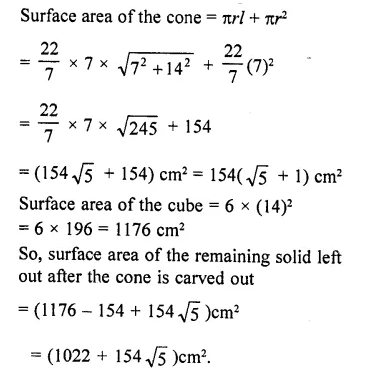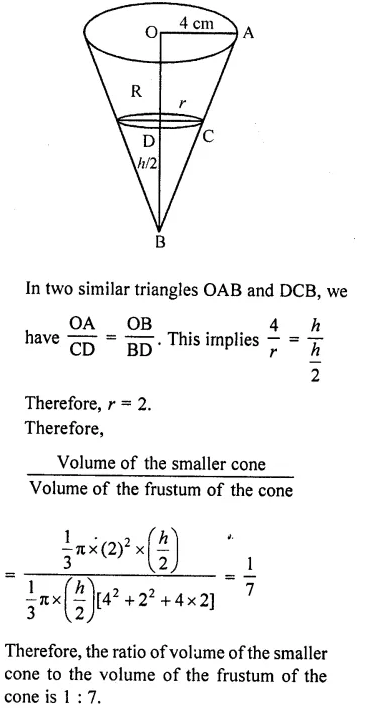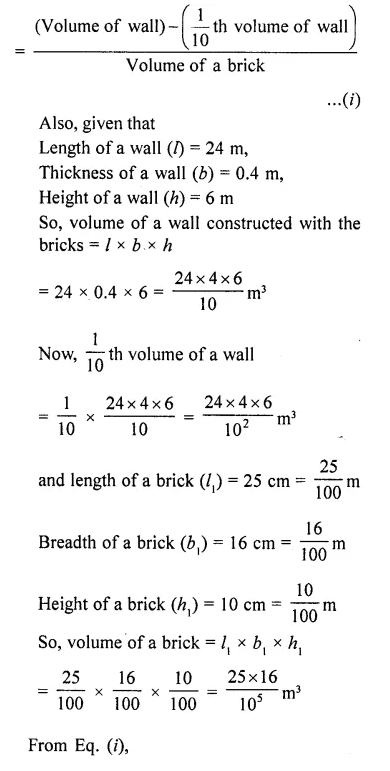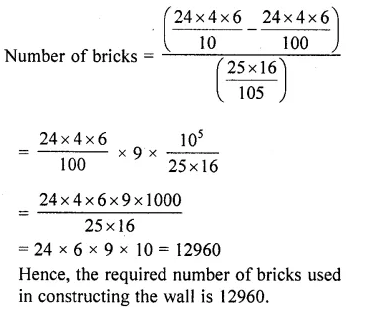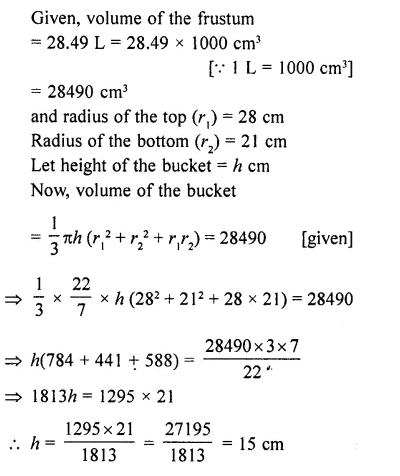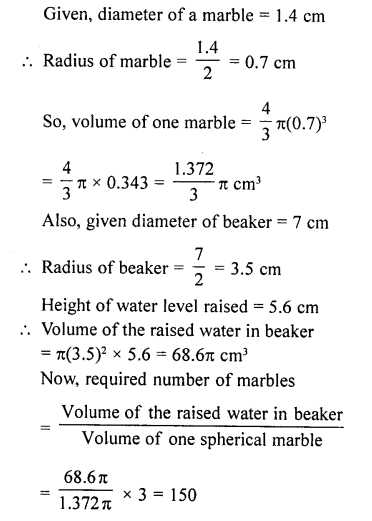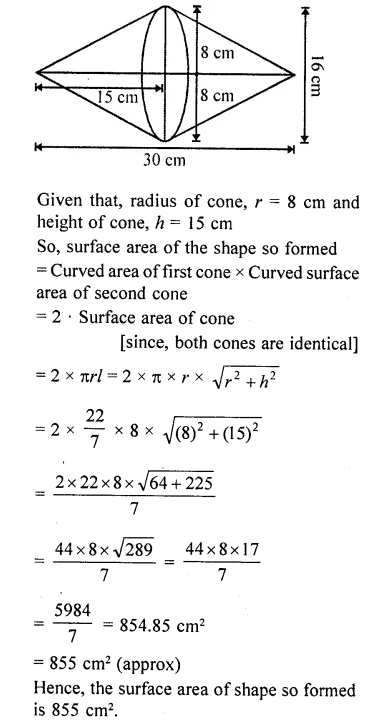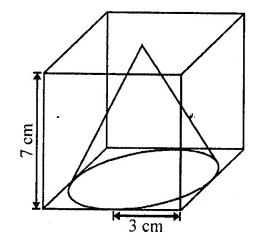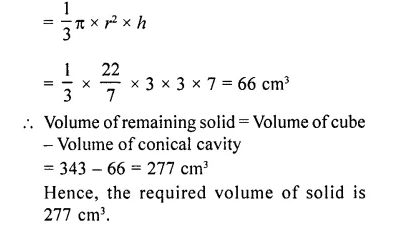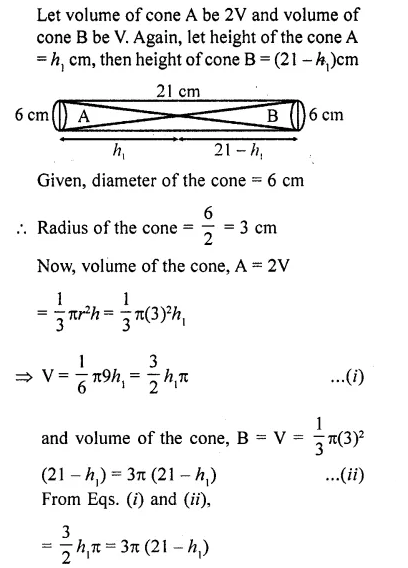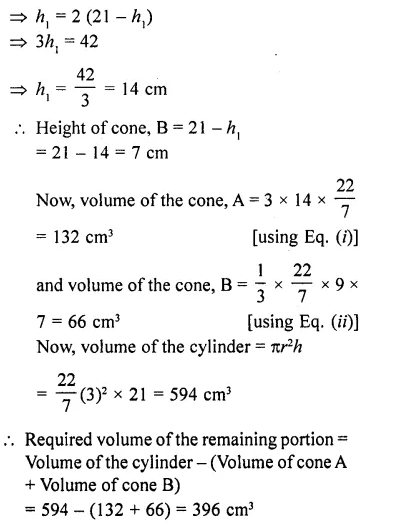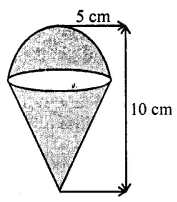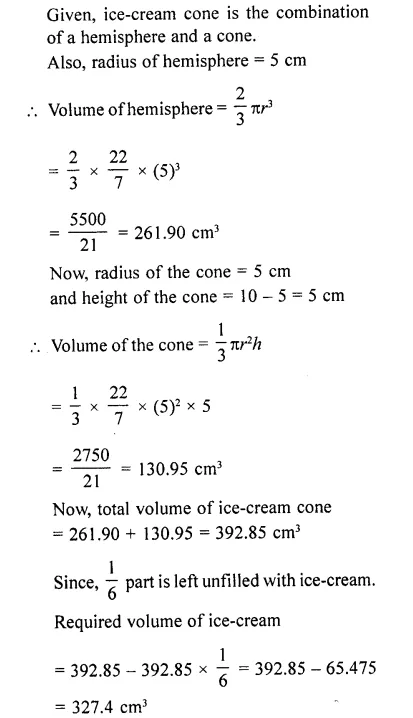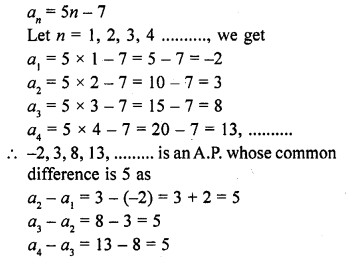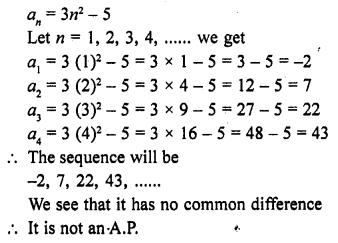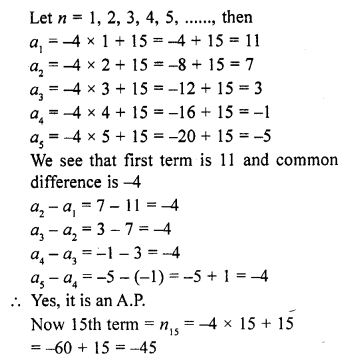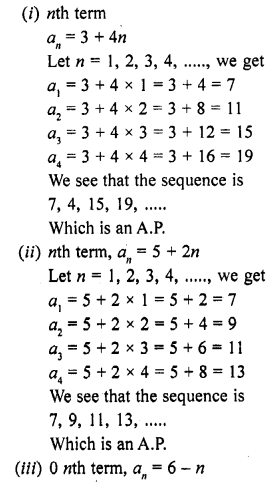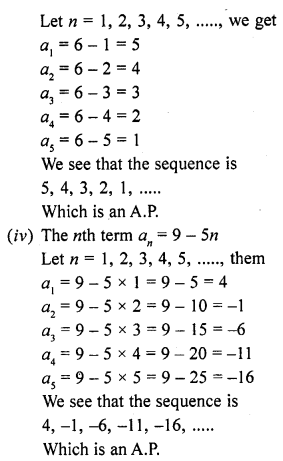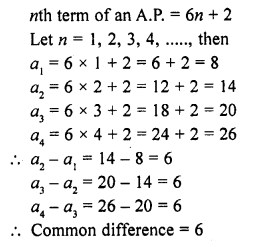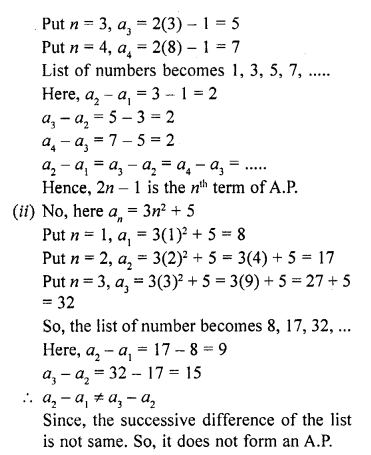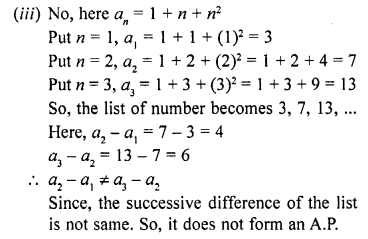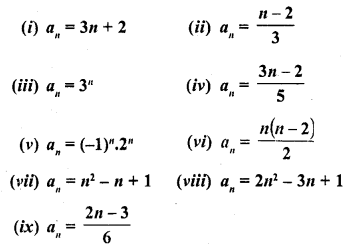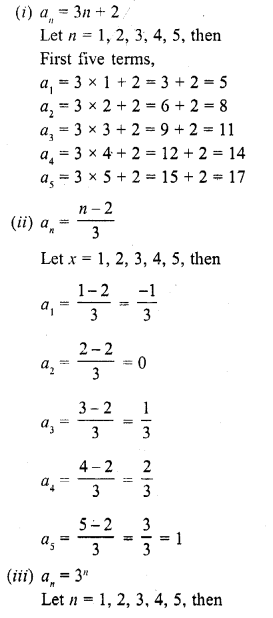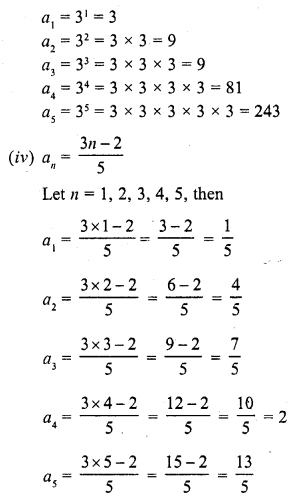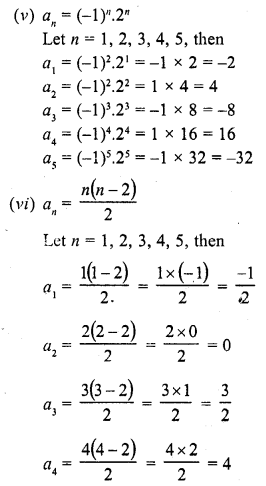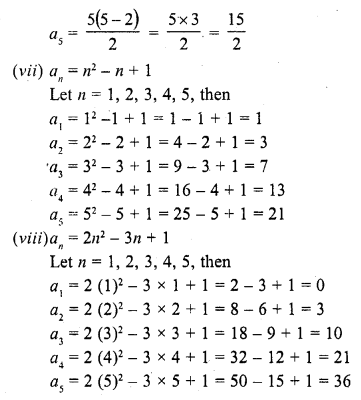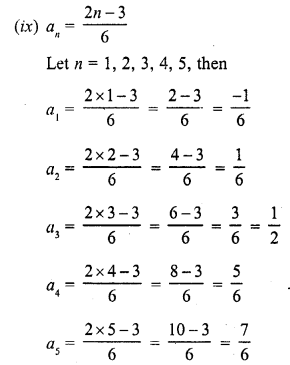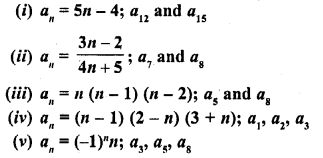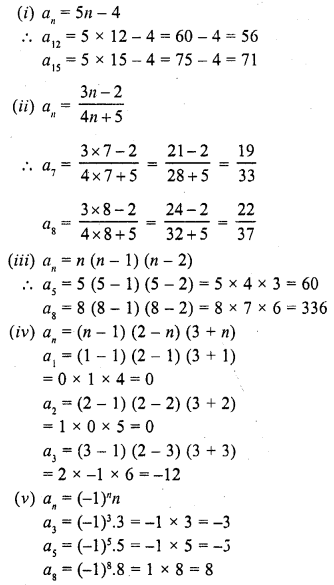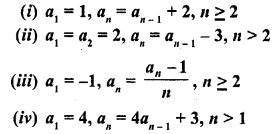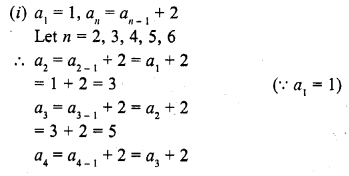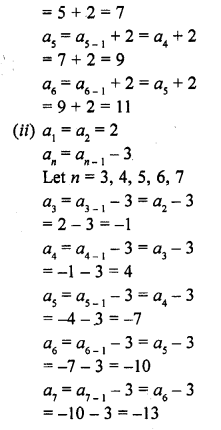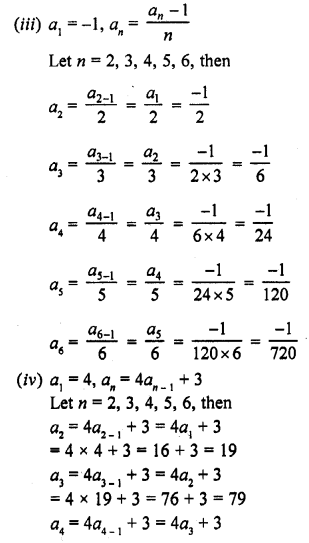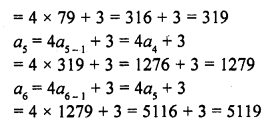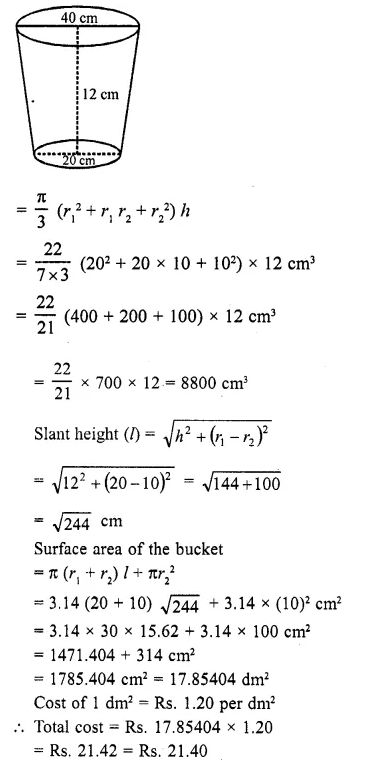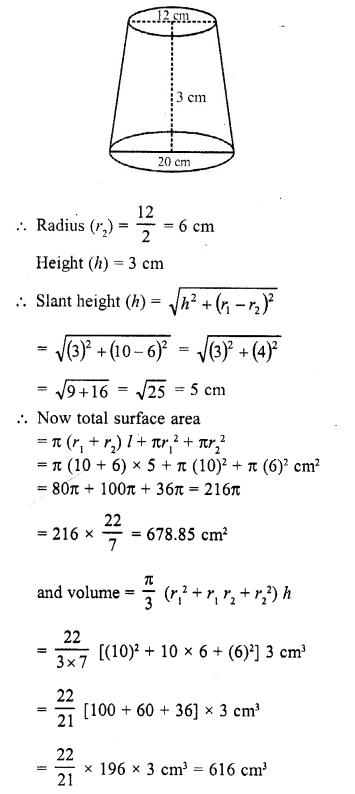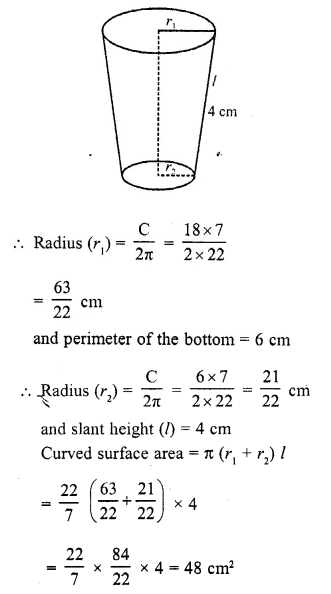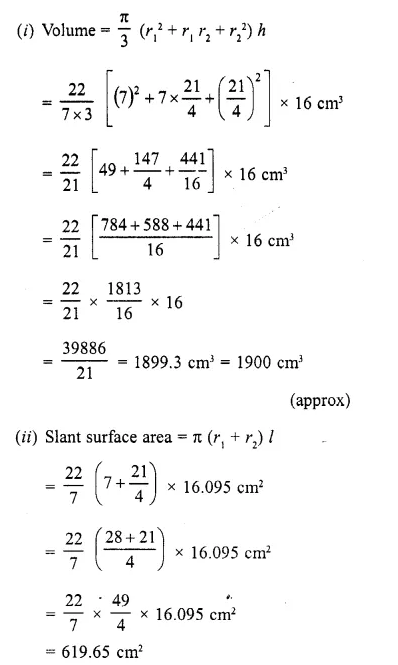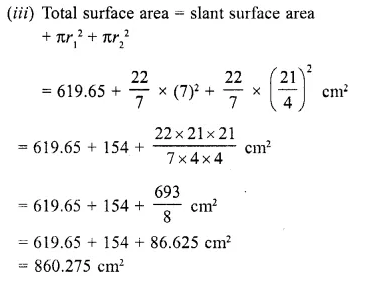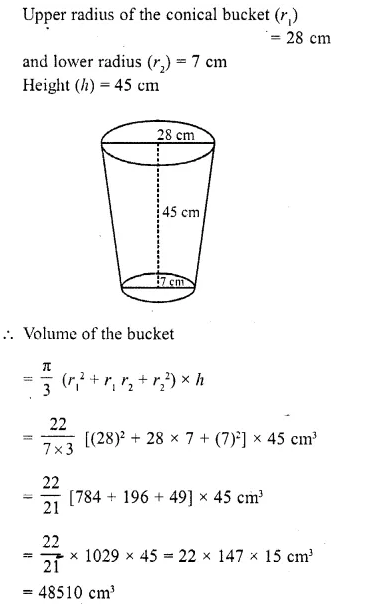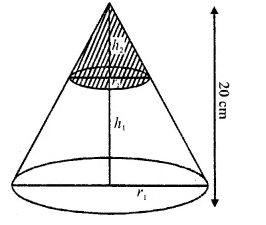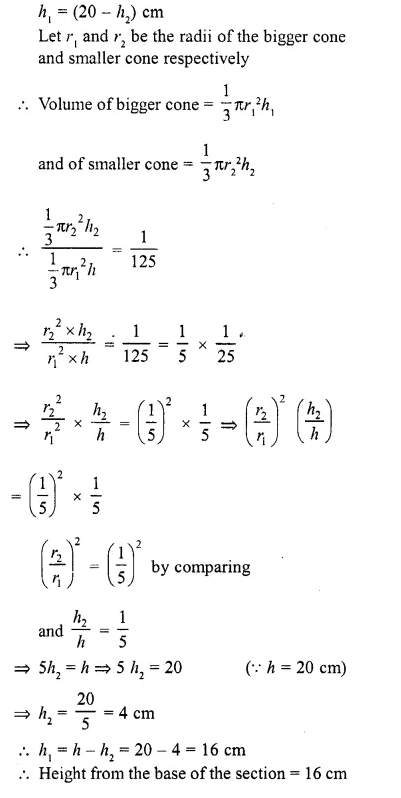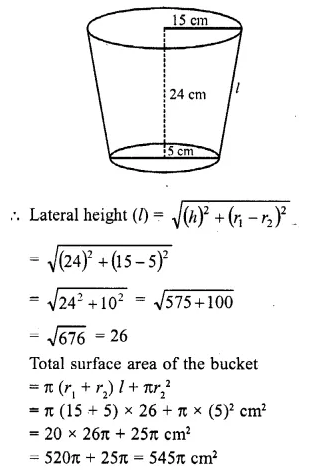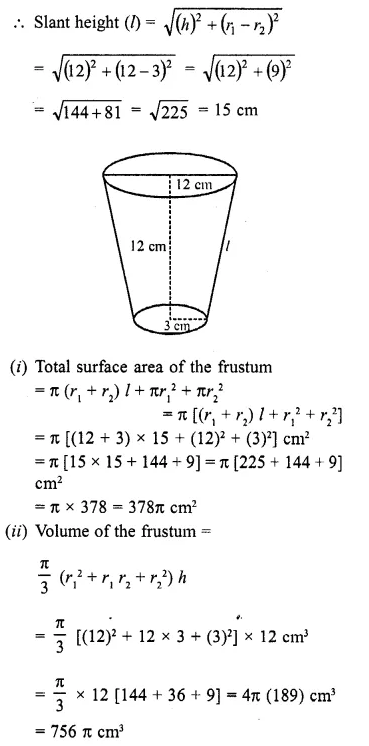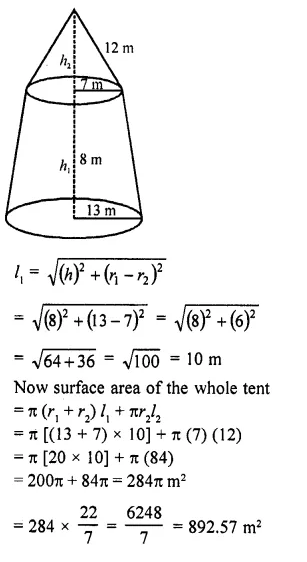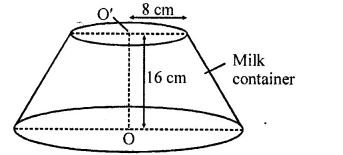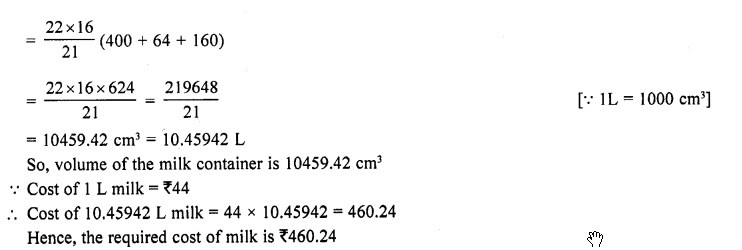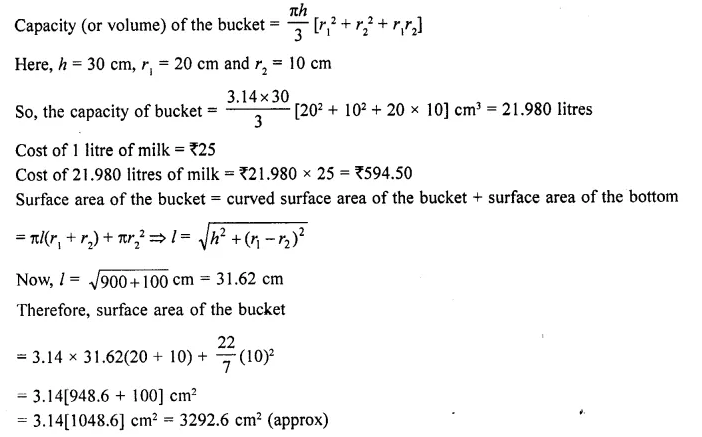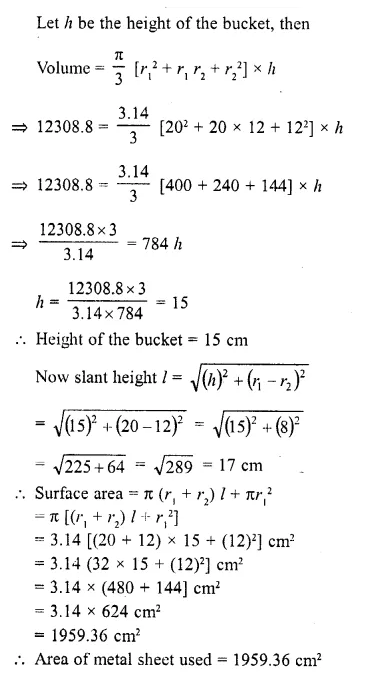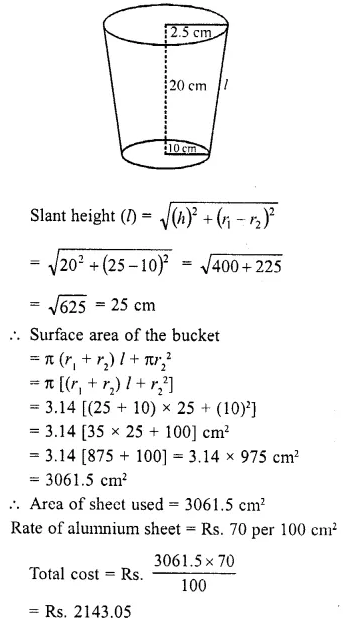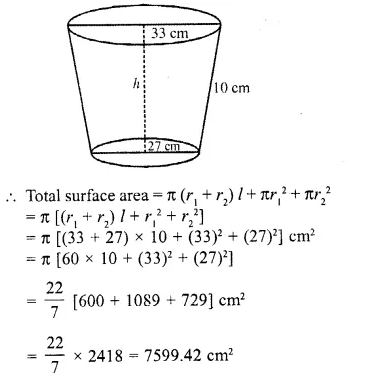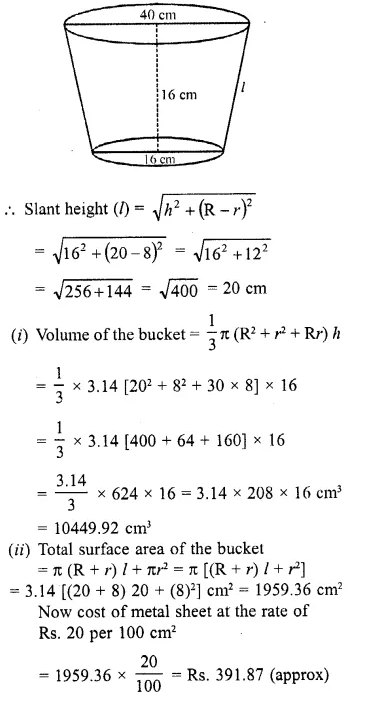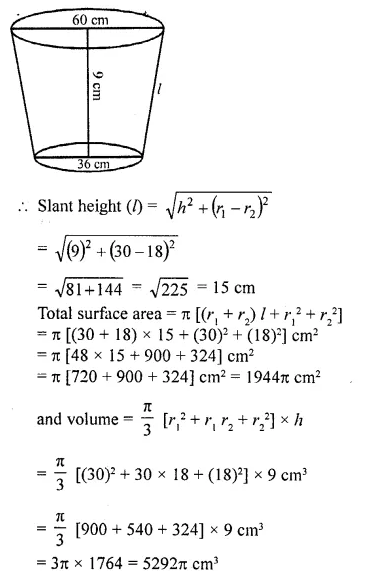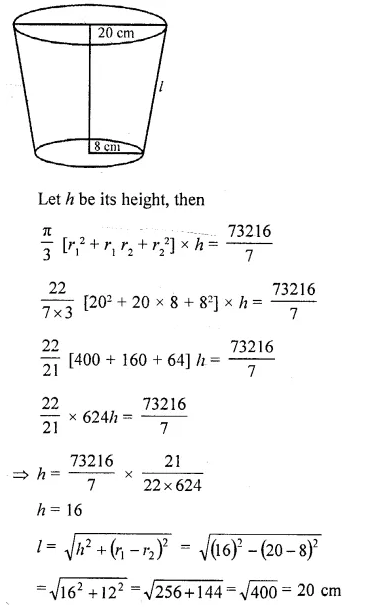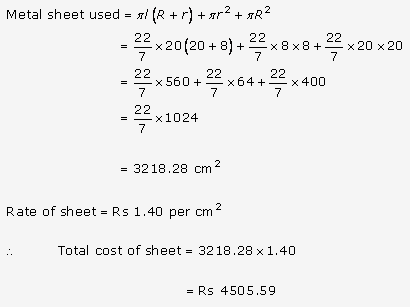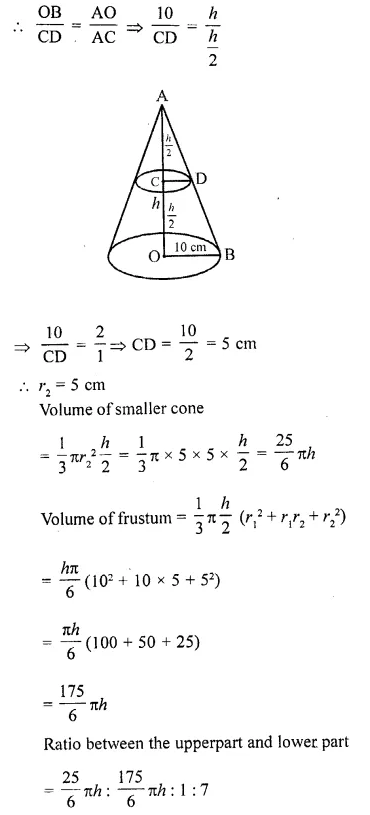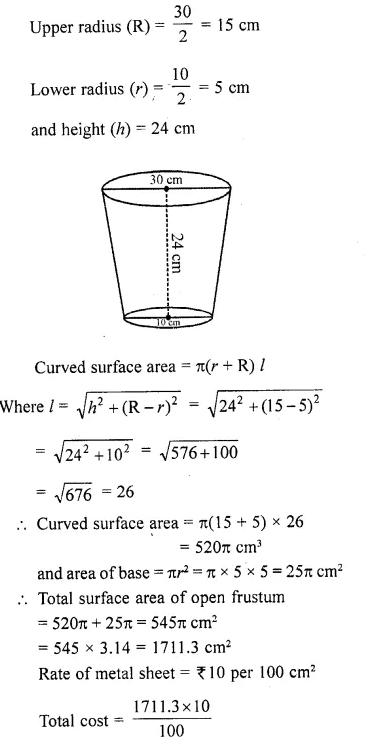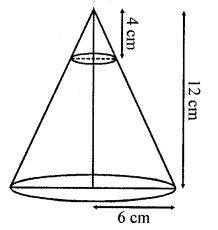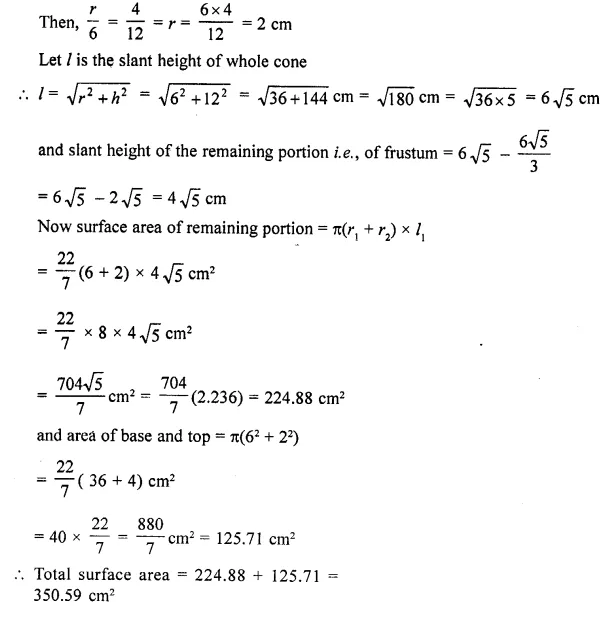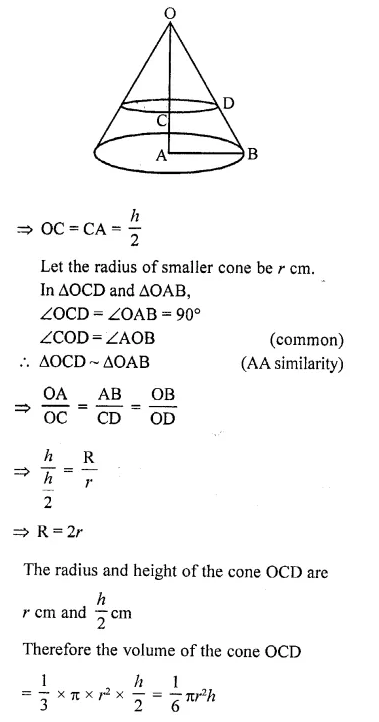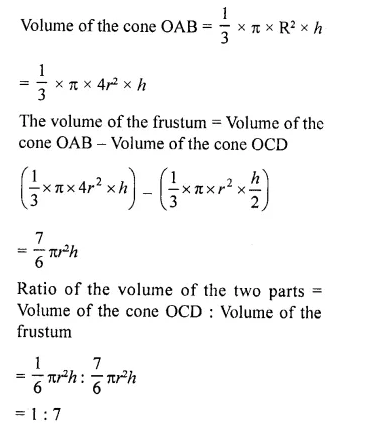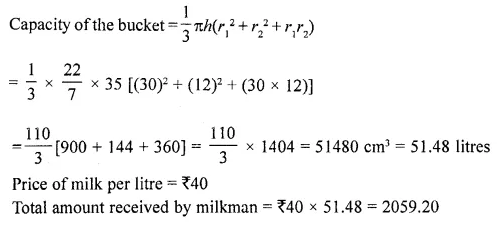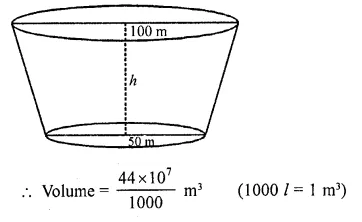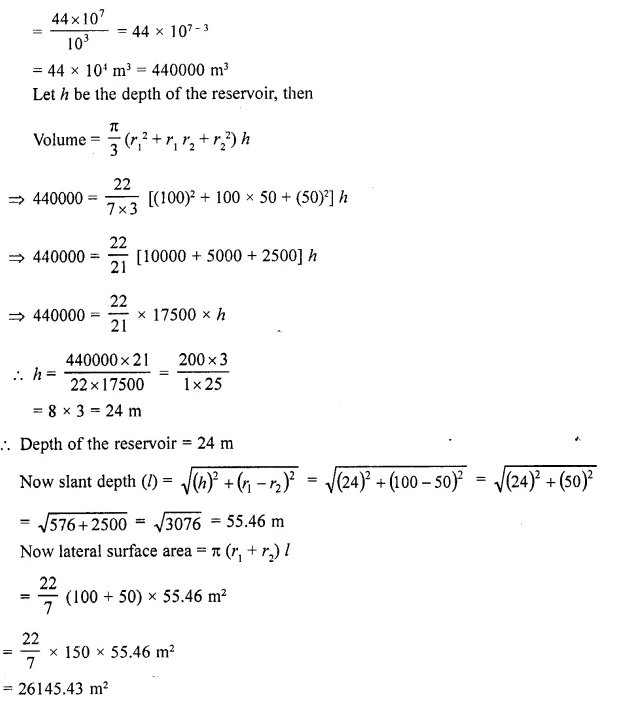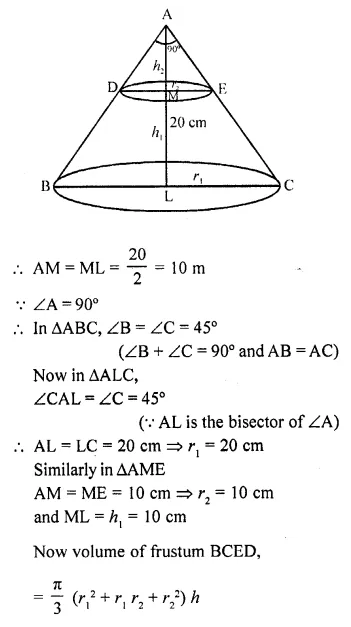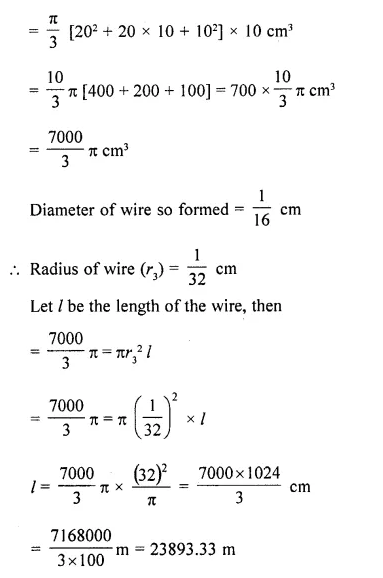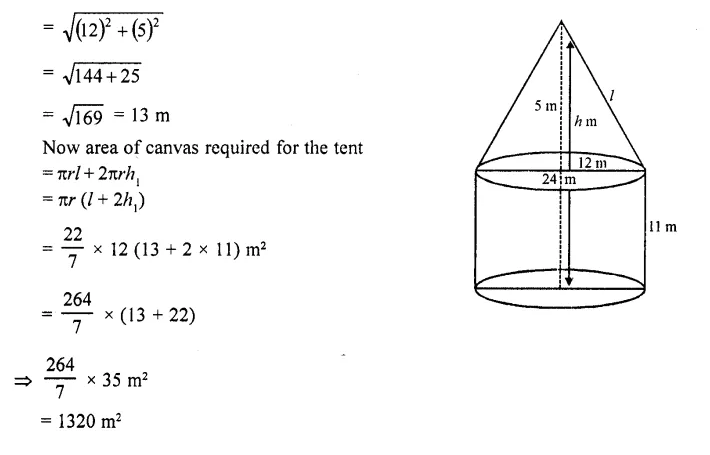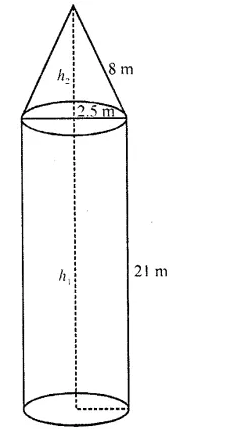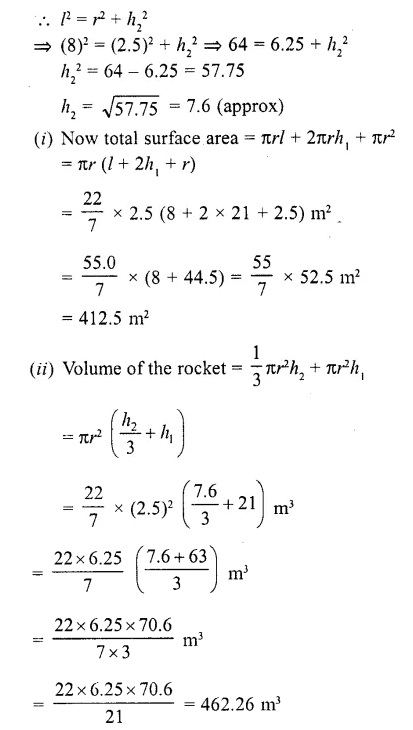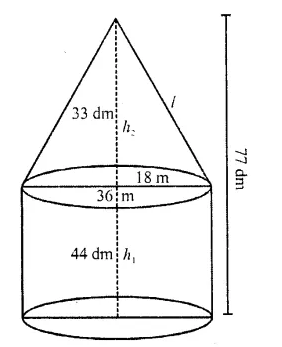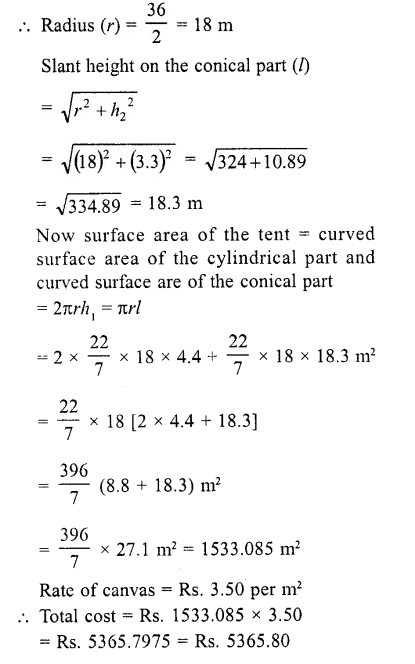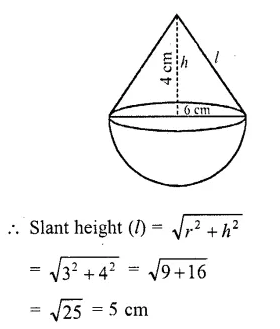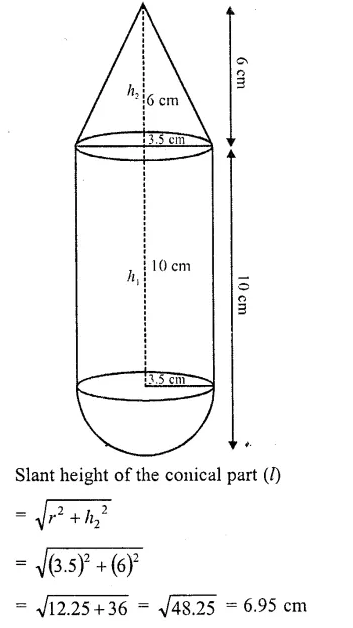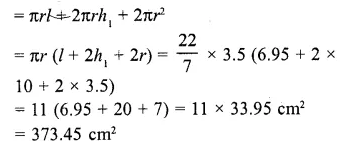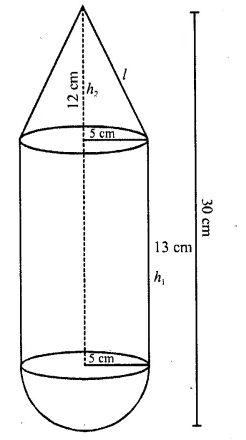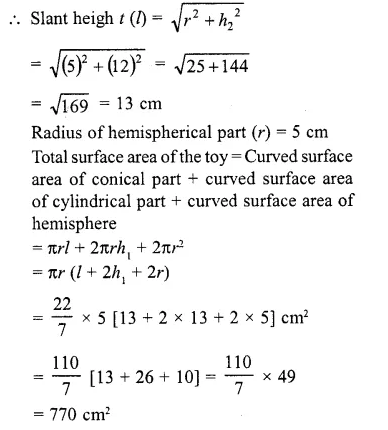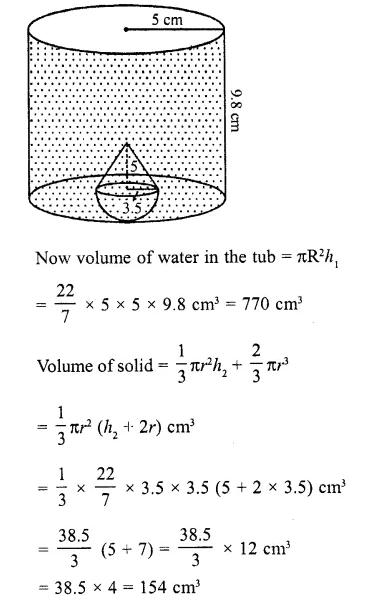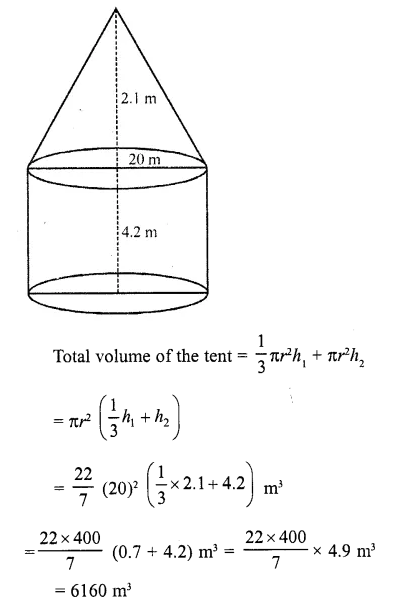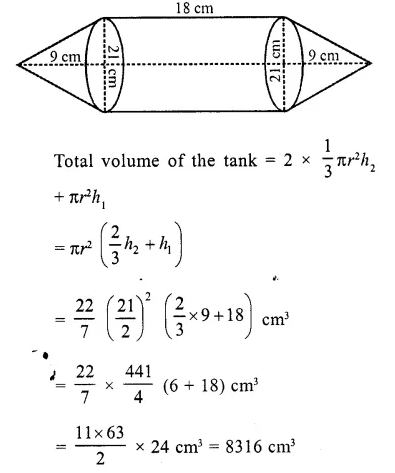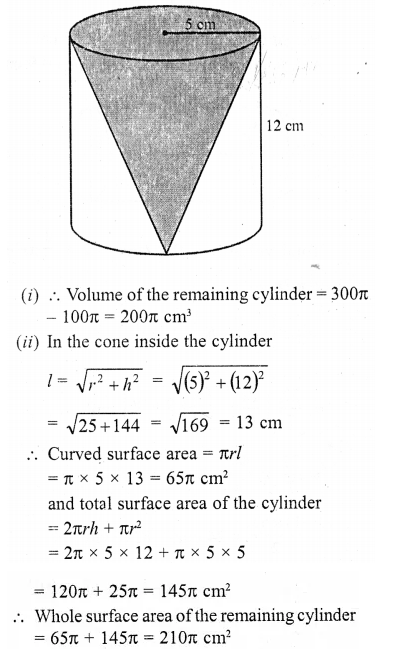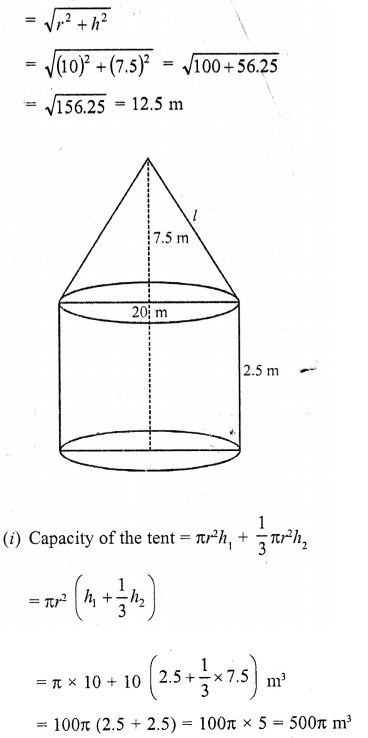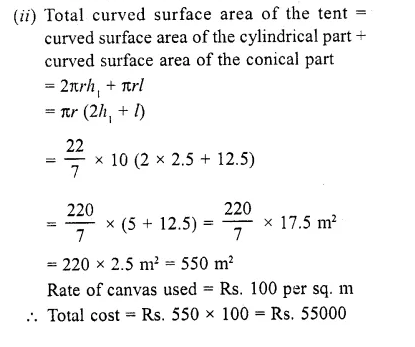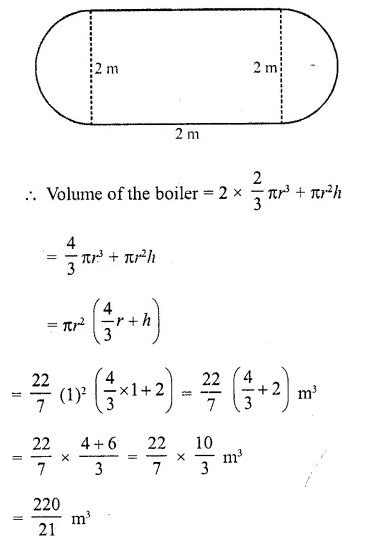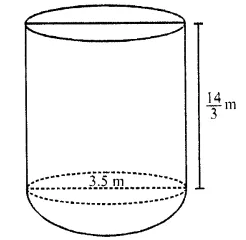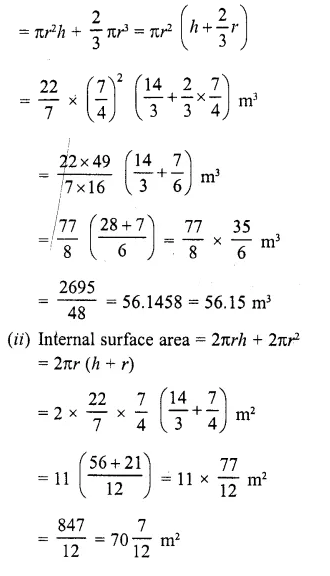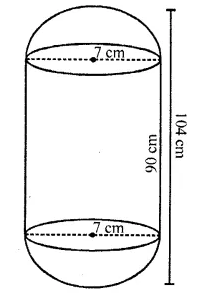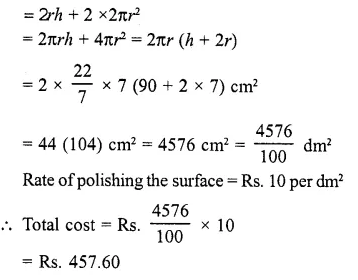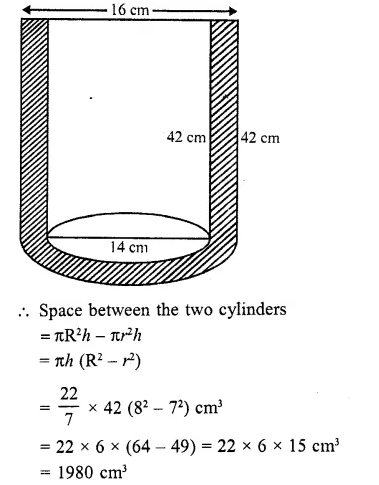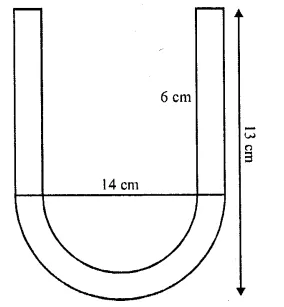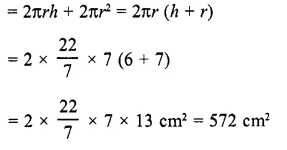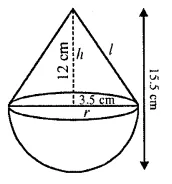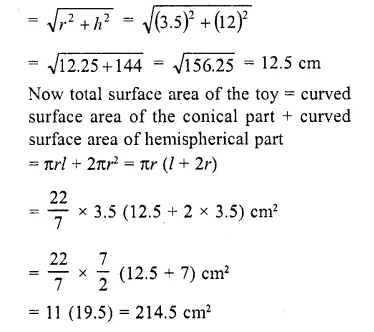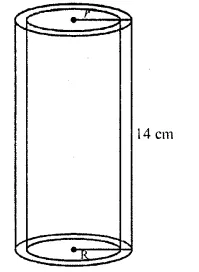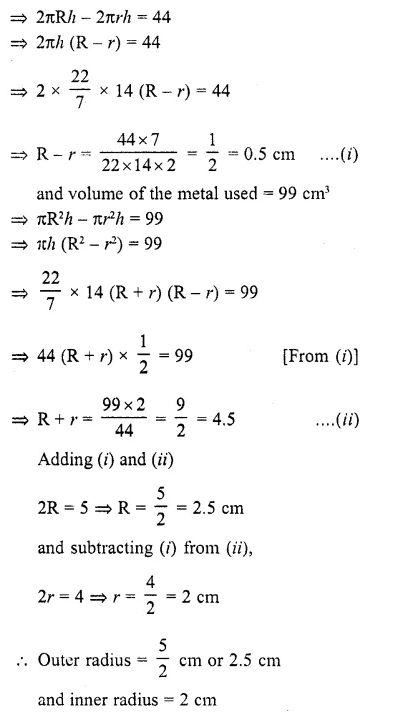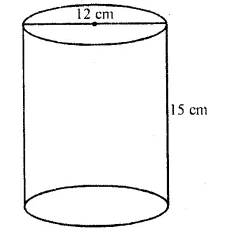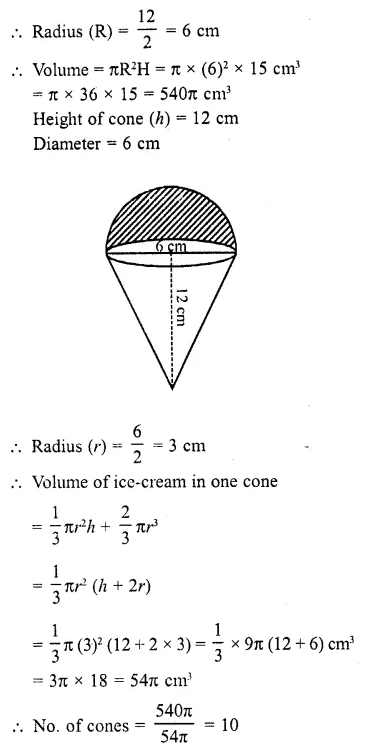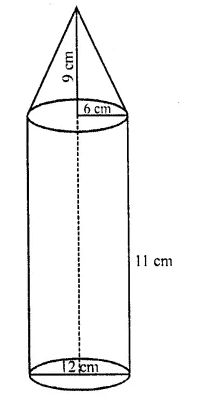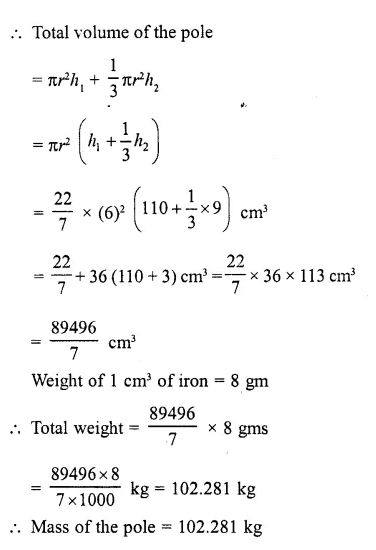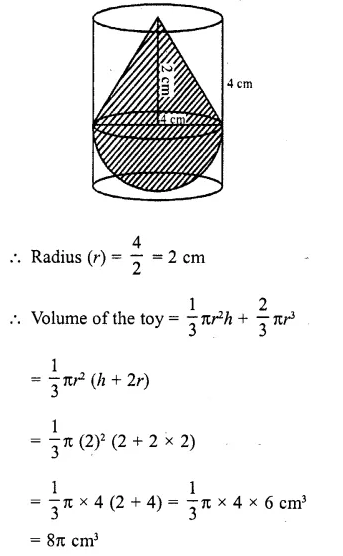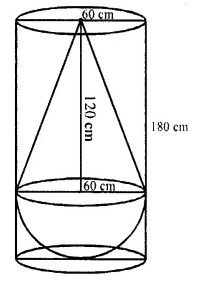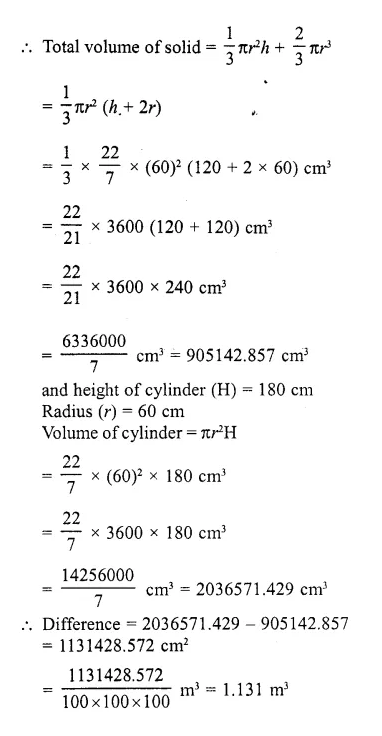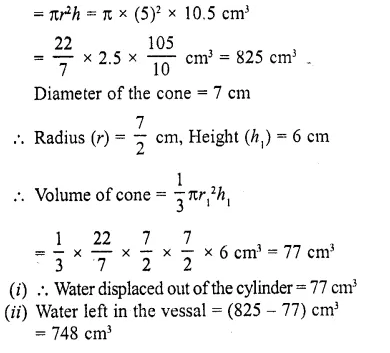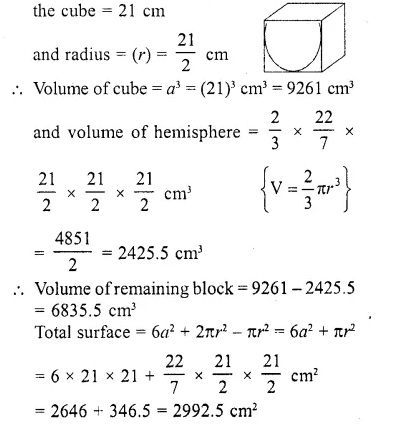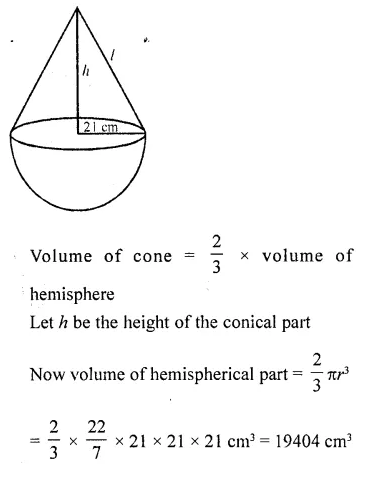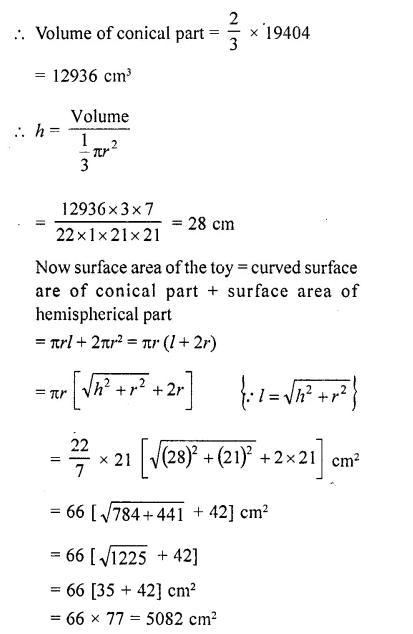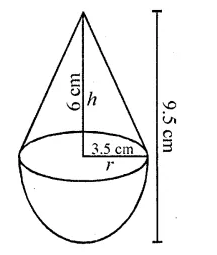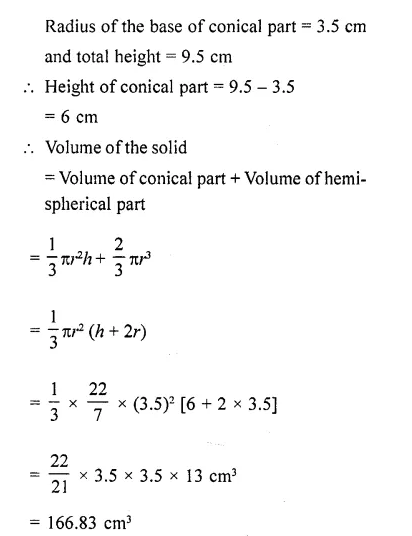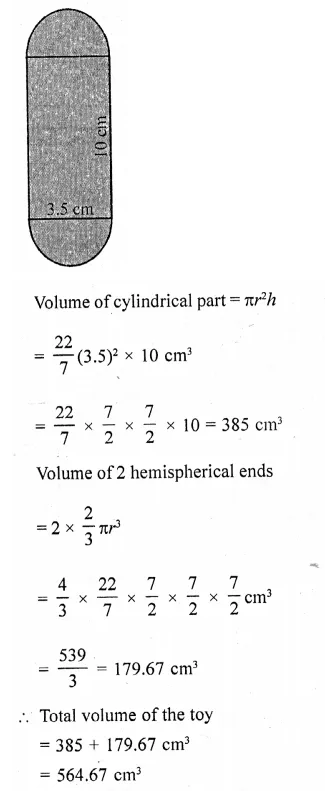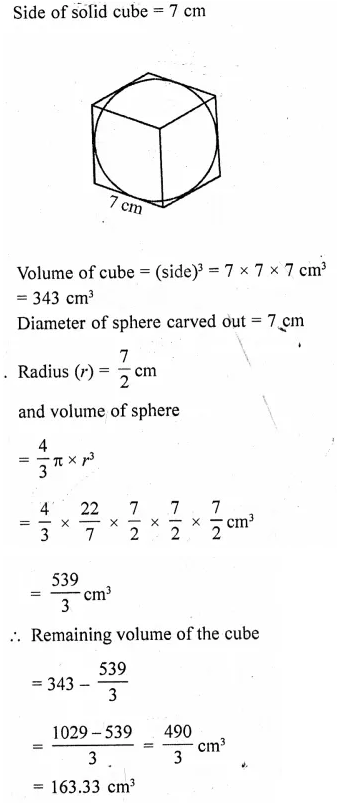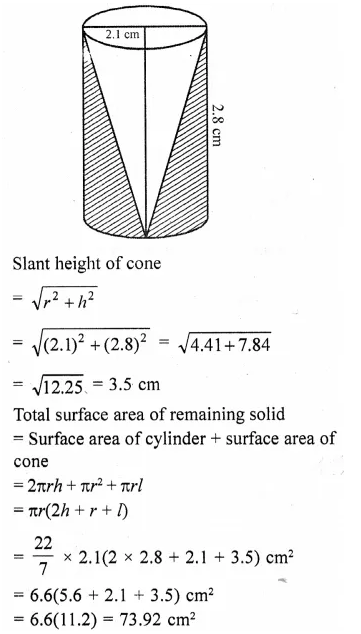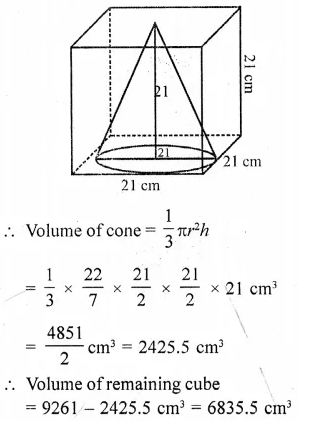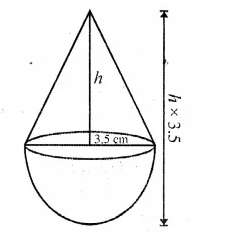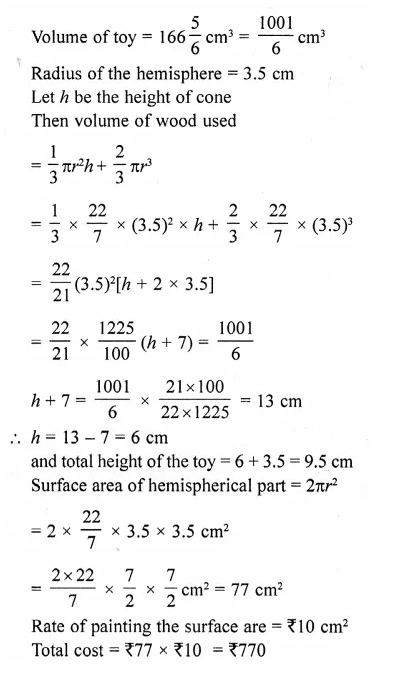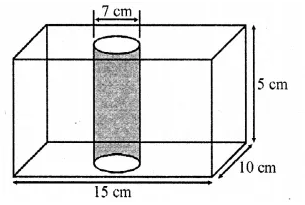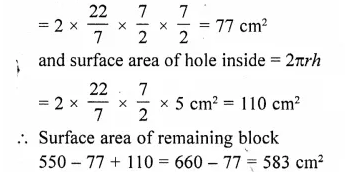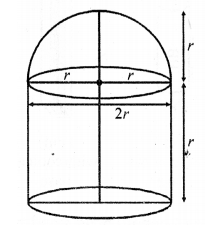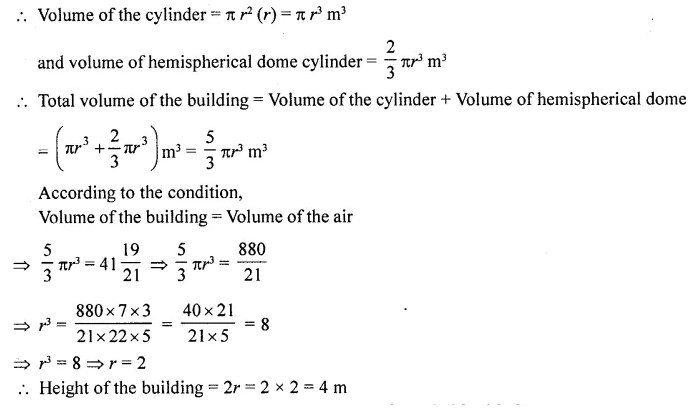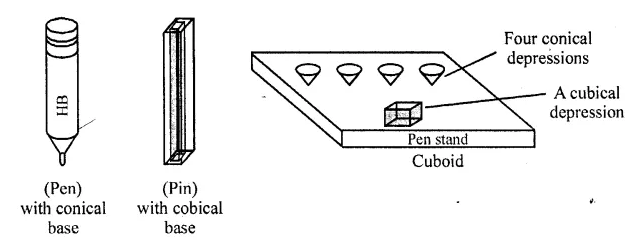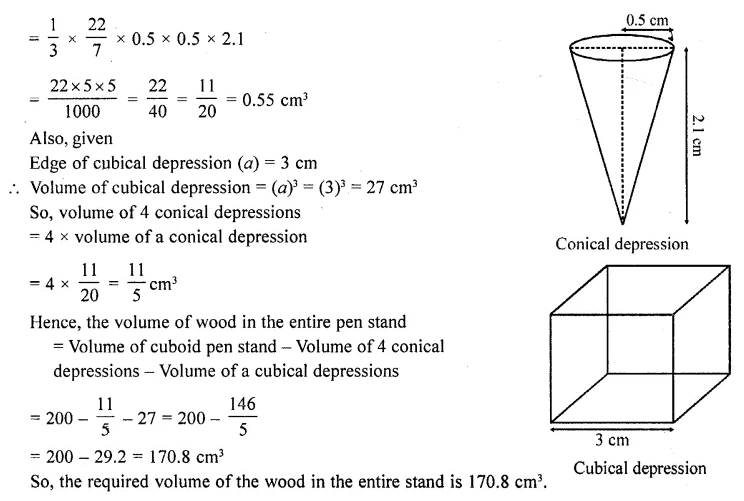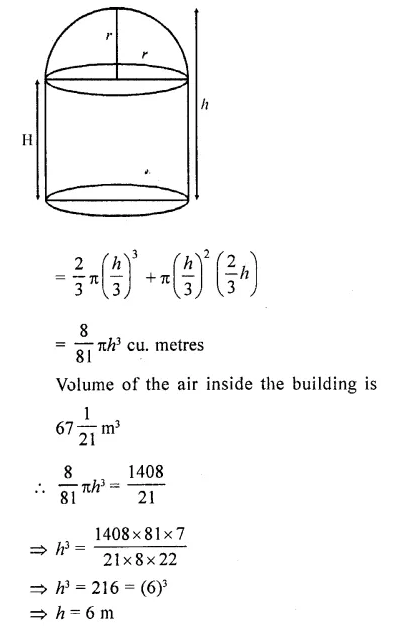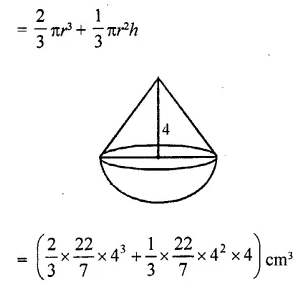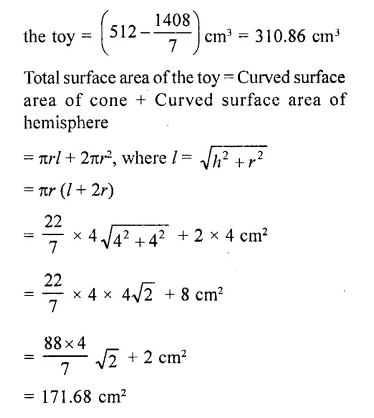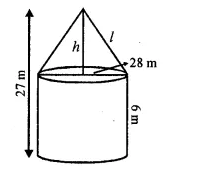CA Foundation Business Economics Study Material Chapter 2 Theory of Demand and Supply – Demand Forecasting
Demand Forecasting
Meaning:
- Demand forecasting is an estimate of the future market demand for a product. The process of forecasting is based on reliable statistical data of past and present behaviour, trends, etc.
- Demand forecasting cannot be hundred per cent correct. But, it gives a reliable estimates of the possible outcome with a reasonable accuracy.
- Demand forecasting may be at international level or local level depending upon area of operation, cost, time, etc.
Usefulness:
Demand forecasting is an important function, of managers as it reduces uncertainty of environment in which DECISIONS are made. Further, it helps in PLANNING for future level of production. Its significance can be stated as follows:
- Production Planning: Demand forecasting is a pre-requisite for planning of production in a firm. Expansion of production capacity depends upon likely demand for its output. Otherwise, there may be overproduction or underproduction leading to losses.
- Sales Forecasting: Sales forecasting depends upon demand forecasting. Promotional efforts of the firm like advertisements, suitable pricing etc. should be based on demand forecasting.
- Control of Business: Demand forecast provide information for budgetary planning and cost control in functional area of finance and accounting.
- Inventory Control: Demand forecasting helps in exercising satisfactory control of business inventories like raw-materials, intermediate goods, semi-finished goods, spare parts, etc. Estimates of future requirement of inventories is to be done regularly and it can be known from demand forecasts.
- Capital Investments: Capital investments yield returns over many years in future. Decision about investment is to be taken by comparing rate of return on capital investment and current rate of interest. Demand forecasting helps in taking investment decisions.
Types of forecasts:
Macro-level forecasting deals with the general economic environment prevailing in the economy as measured by the Index of Industrial Production (IIP), national income and general level of employment, government expenditure, consumption level, consumers spending habits, etc.
- Industry-level forecasting refers to forecasting the demand of a good of a particular industry as a whole.
E.g.- Demand for two-wheelers in India. - Firm-level forecasting refers to forecasting the demand of a good of a particular firm.
E.g.- Bajaj motor cycle.
Based on time period, demand forecasting may be-
- Short-term demand forecasting normally relates to a period not exceeding a year. It is also called as ‘operating forecast’. It is useful for estimating stock requirement, providing working capital, etc.
- Long-term demand forecasting may cover one to five years, depending on the nature of the firm. It provides information for taking decisions like expansion of plant capacity, man-power planning, long-term financial planning, etc.
Demand Distinctions
1. Producer’s goods and Consumer’s Goods
- The goods which are used for the production of other goods are called producer’s goods. E.g. Machines
- The goods which are used for final consumption are called consumer’s goods. E.g. readymade clothes, toothpaste, soap, house etc.
2. Durable goods and Non-durable goods
- Goods can be further divided into durable and non-durable goods.
- Durable goods are those which can be consumed more than once and yield utility over a period of time.
– Producer’s Durable Goods – E.g.- Building, Plant, Machinery etc.
– Consumer’s Durable Goods – E.g.- Cars, TV, Refrigerators, etc. - Non-durable goods are those which cannot be consumed more than once. These will meet only the current demand.
– Producer’s Non-durable Goods – E.g.- raw material, fuel, power, etc.
– Consumer’s Non-durable Goods – E.g.- milk, bread, etc.
3. Derived demand and Autonomous demand
- The demand for a commodity is said to be derived when its demand depends on the demand for some other commodity. In other words, it is the demand which has been derived from the demand for some other commodity called “parent product”.
E.g. The demand for bricks, cement, steel, sand, etc. is derived demand because their demand depends on the demand for houses. Producer goods and complementary goods have derived demand. - When the demand of a commodity is independent of the demand for other commodity, then it is called autonomous demand.
4. Industry demand and Company demand
- The total demand of a commodity of a particular industry is called industry demand.
E.g. the total demand for shoes in the country. - The demand for the commodity of a particular company is called company demand.
E.g. shoes produced by BATA.
5. Short-run demand and long-run demand
- When the demand respond immediately to price changes, income changes etc. is referred as short-run demand.
- When the demand still exist as a result of changes in pricing, sales promotion, quality improvement etc. after enough time is allowed to let the market adjust to the new situation is called long-run demand.
Factors affecting demands for non-durable goods
The factors which affects the demand of NON-DURABLE CONSUMER GOODS are as follows:-
- Disposable Income: The income left with a person after paying direct taxes and other deductions is called as disposable income. Other things being equal, more the disposable income of the household, more is its demand for goods and vice versa.
- Price: The demand for a commodity depends upon its price and the prices of its substitutes y and complements. The demand for a commodity is inversely related to its own price and the price of its complements. The demand for a commodity is positively related to its substitutes.
- Demography: This involves the characteristics of the populations, human as well as non human which use the given product. E.g. – If forecast about the demand for toys is to be made, we will have to estimate the number and characteristics of children whose parents can afford toys.
Factors affecting the demand for consumer durable goods
- Long time use or replacement: For how long a consumer can use a good depends on the factors like his status, prestige attached to good, his level of money income, etc. Replacement of a good depends upon the factors like the wear and tear rate, the rate of obsolescence, etc.
- Special Facilities: Some goods need special facilities for their use. E.g. Roads for cars, electricity for T.V., refrigerators etc. The expansion of such facilities expands the demand for such goods.
- Joint use of a good by household: As consumer durables are used by more than one person, the decision to purchase may be influenced by family characteristics like size of family, age and sex consumption.
- Price and Credit facilities: Demand for consumer durables is very much influenced by their prices and credit facilities like hire purchase, low interest rates, etc. available to buy them. More the easy credit facilities higher is the demand for goods like two wheelers, cars TVs. etc.
Factors affecting the demand for producer goods
- The demand for producer or capital goods is a derived demand. It is derived from the demand of consumer goods they produce.
- The forecasting of a capital good depends upon the following factors:
– Increase in the price of substitutable factor increases the demand for capital goods.
– The existing stock of the capital goods.
– Technology advancement leading to reduced cost of production.
– Prevailing rates of interest etc.
Methods of Demand Forecasting
There is no easy method to predict the future with certainty. The firm has to apply a proper mix of methods of forecasting to predict the future demand for a product. The various methods of demand forecasting are as follows:
1. Survey of Buyer’s intentions: In this method, customers are asked what they are planning to buy for the forthcoming time period usually a year.
This method involve use of conducting direct interviews or mailing questionnaire asking customers about their intentions or plans to buy the product.
The survey may be conducted by any of the following methods:
- Complete Enumeration where all potential customers of a product are interviewed about what they are planning or intending to buy in future. It is cumbersome, costly and time consuming method.
- Sample Survey where only a few customers are selected and interviewed about their future plans. It is less cumbersome and less costly method.
- End-use method or Input-output method where the bulk of good is made for industrial manufactures who usually have definite future plans.
This method is useful for short-term forecasts.
In this method burden of forecasting is put on the customers.
2. Collective opinion Method: The method is also known as sales force opinion method or grass roots approach.
- Under this method, salesmen are asked to estimate expectations of sales in their territories. Salesmen are considered to be the nearest persons to the customers retailers and wholesalers and have good knowledge and information about the future demand trend.
- The estimates of all the sales-force is collected are examined in the light of proposed changes in selling price, product design, expected competition, etc. and also factors like purchasing power, employment, population, etc.
- This method is based on first hand knowledge of the salesmen. However, its main drawback is that it is subjective. Its accuracy depends on the intelligence, vision and his ability to foresee the influence of many unknown factors.
3. Expert Opinion Method (Delphi Method): Under this method of demand forecasting views of specialists/experts and consultants are sought to estimate the demand in future. These experts may be of the firm itself like the executives and sales managers or consultant firms who are professionally trained for forecasting demand.
- The Delphi technique, developed by OLAF HEMLER at the Rand Corporation of the
U.S.A. is used to get the opinion of a number of experts about future demand. - Experts are provided with information and opinion feedbacks of other experts at different rounds and are repeatedly questioned for their opinion and comments till consensus emerges.
- It is a time saving method.
4. Statistical Method: Statistical method have proved to be very useful in demand forecasting. Statistical methods are superior, more scientific, reliable and free from subjectively. The important statistical methods of demand forecasting are:
- Trend Projection Method: The method is also known as Classical Method. It is considered as a ‘naive’ approach to demand forecasting.
- Under this, data on sales over a period of time is chronologically arranged to get a ‘time series’. The time series shows the past sales pattern. It is assumed that the past sales pattern will continue in the future also. The techniques of trend projection based on, time series data are Graphical Method and Fitting trend equation or Least Square Method.
- Graphical Method: This is the simplest technique to determine the trend.
- Under this method, all values of sales for different years are plotted and free hand curve is drawn passing through as many points as possible. The direction of the free hand curve shows the trend.
- The main drawback of this method is that it may show trend but not measure it.
- Fitting Trend Equation/Least Square Method: This method is based on the assumption that the past rate of change will continue in the future.
- It is a mathematical procedure for fitting a time to a set of observed data points in such a way that the sum of the squared deviation between the calculated and observed values is minimized.
- This method is popular because it is simple and inexpensive.
- Regression Analysis: This is a very common method of forecasting demand.
- Under this method, a quantitative relationship is established between quantity demanded (dependent variable) and the independent variables like income, price of good, price of related goods, etc. Based on this relationship, an estimate is made for future demand.
- It can be expressed as follows-
Y = a + b X
Where
X, Y are variables a, b are constants
5. Controlled Experiments: Under this method, an effort is made to vary certain determinants of demand like price, advertising, etc. and conduct the experiments assuming that the other factors remain constant.
- The effect of demand determinants on sales can be assessed either by varying then in different markets or by varying over a period of time in the same market.
- The responses of demand to such changes over a period of time are recorded and are used for estimating the future demand for the product.
- This method is used less as it is expensive and time consuming.
- This method is also called as market experiment method.
6. Barometric Method of forecasting: This method is based on the assumption that future can be predicted from certain events occurring in the present. We need not depend upon the past observations for demand forecasting.
There are economic ups and downs in an economy which indicate the turning points. There are many economic indicators like income, population, expenditure, investment, etc. which can be used to forecast demand. There are three types of economic indicators, viz.
- Coincidental Indicators are those which move up and down simultaneously with aggregate economy. It measures the current economic activity. E.g.- rate of unemployment.
- Leading Indicators reflect future change in the trend of aggregate economy.
- Lagging Indicators reflect future changes in the trend of aggregate economic activities.
